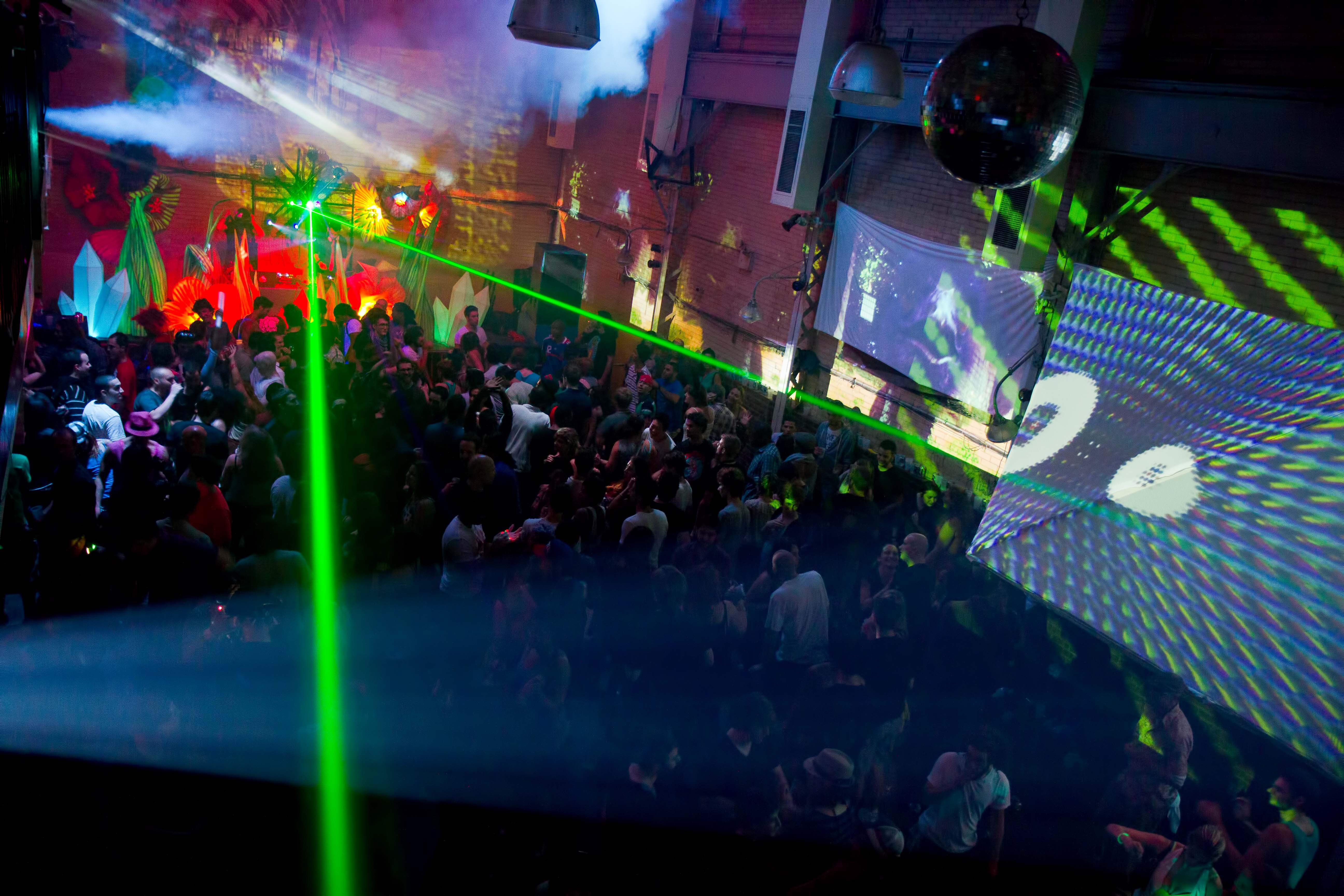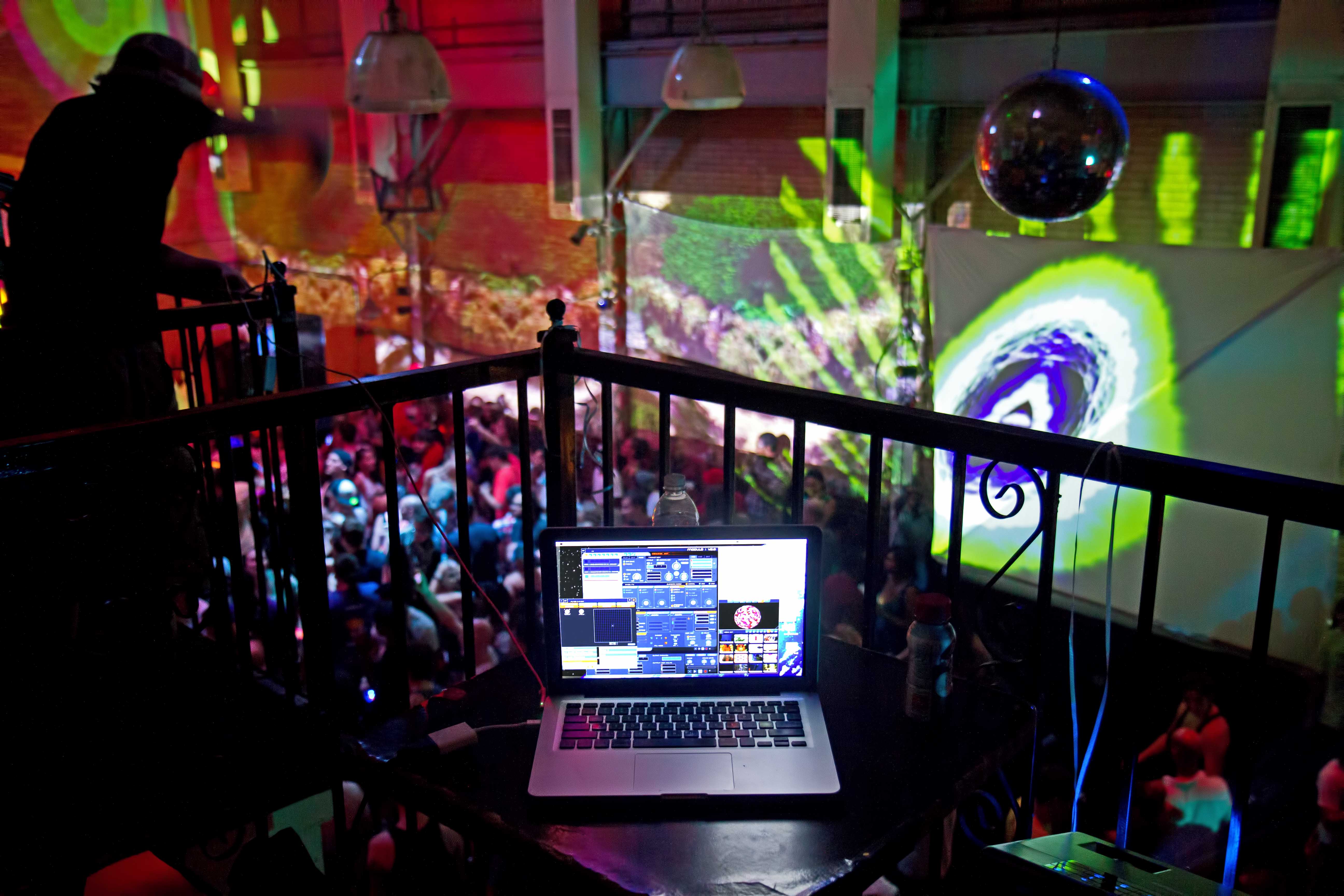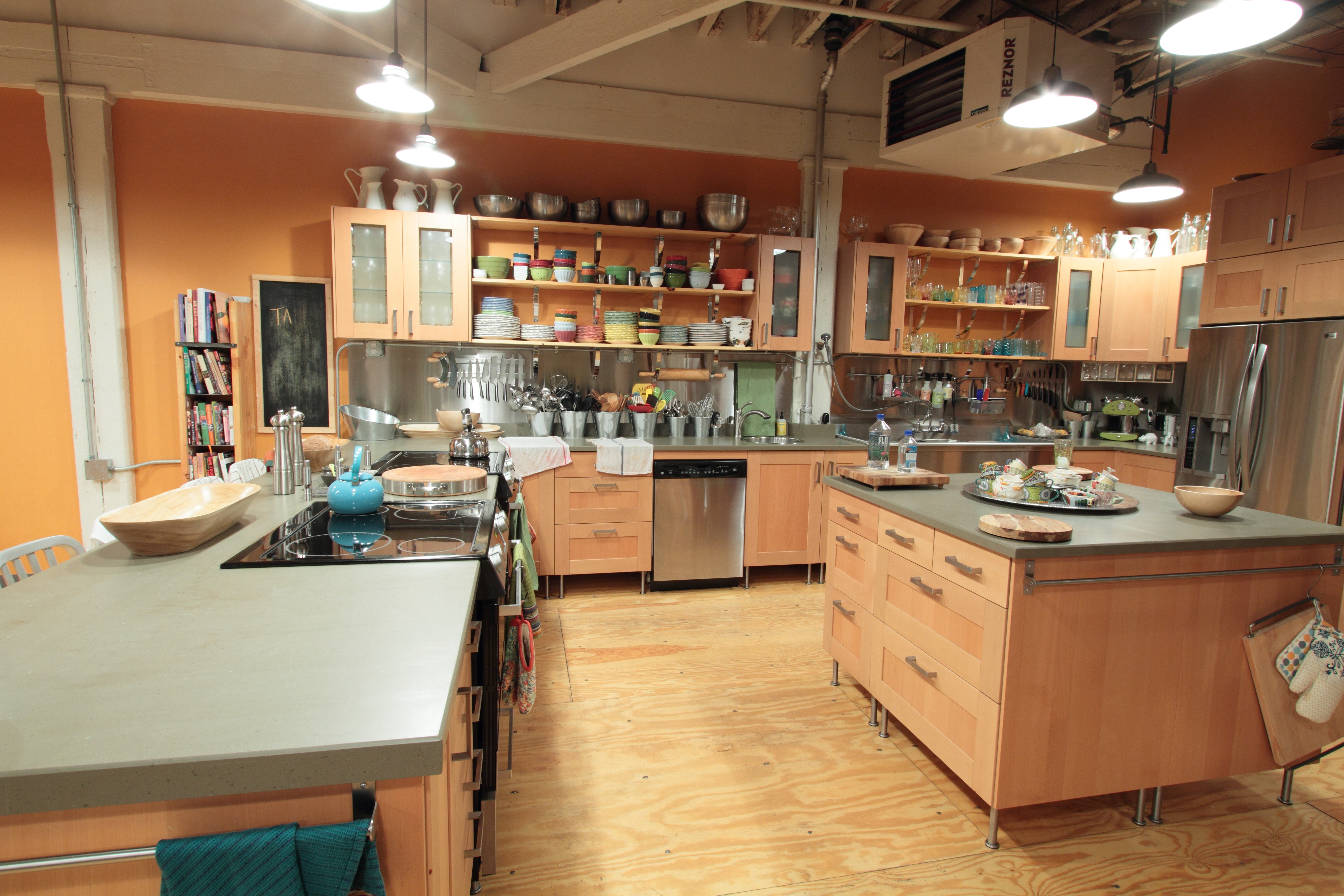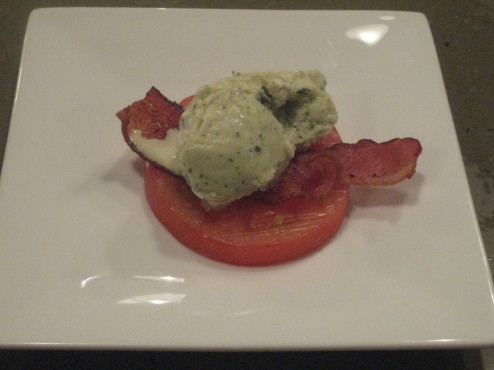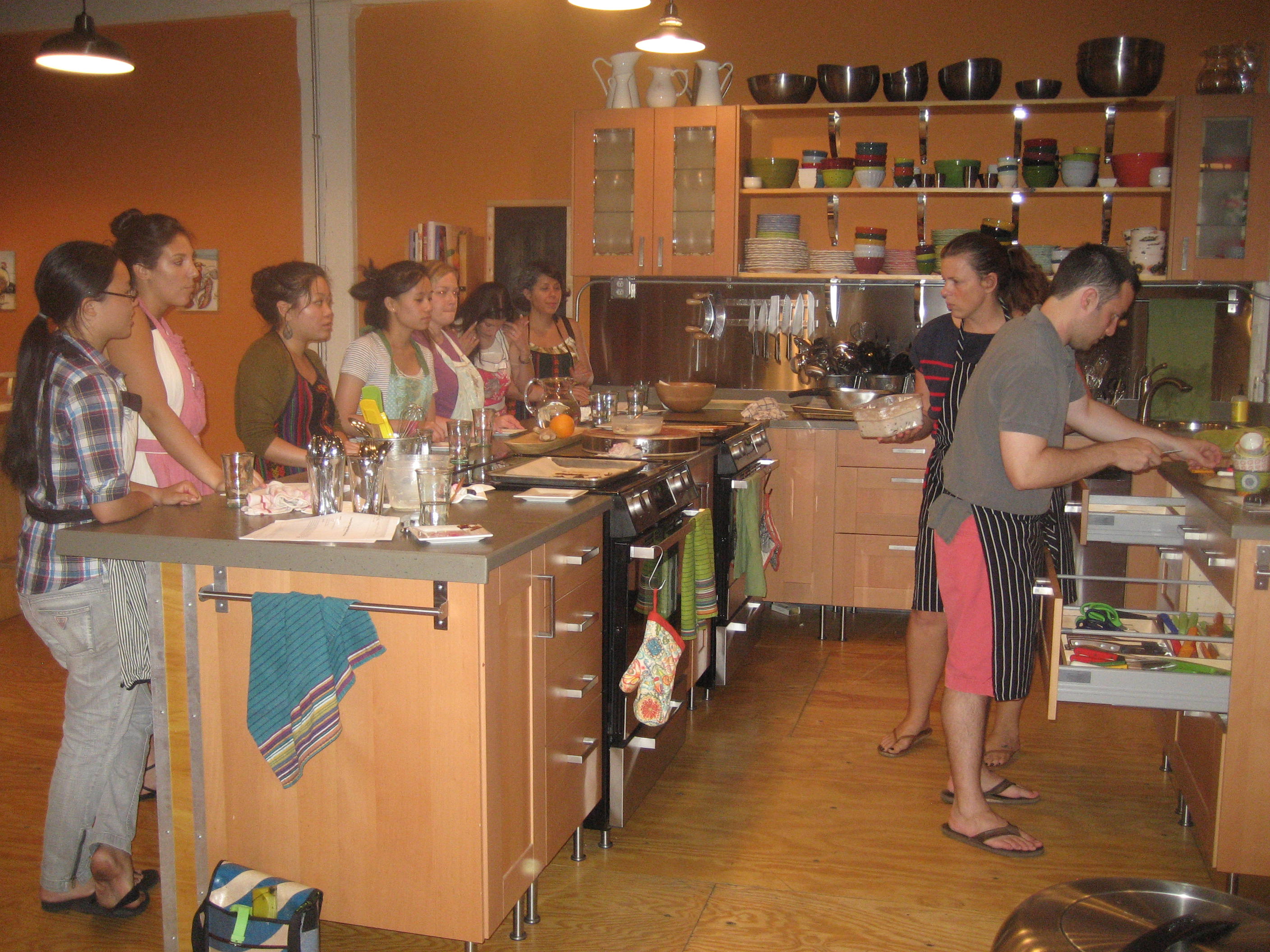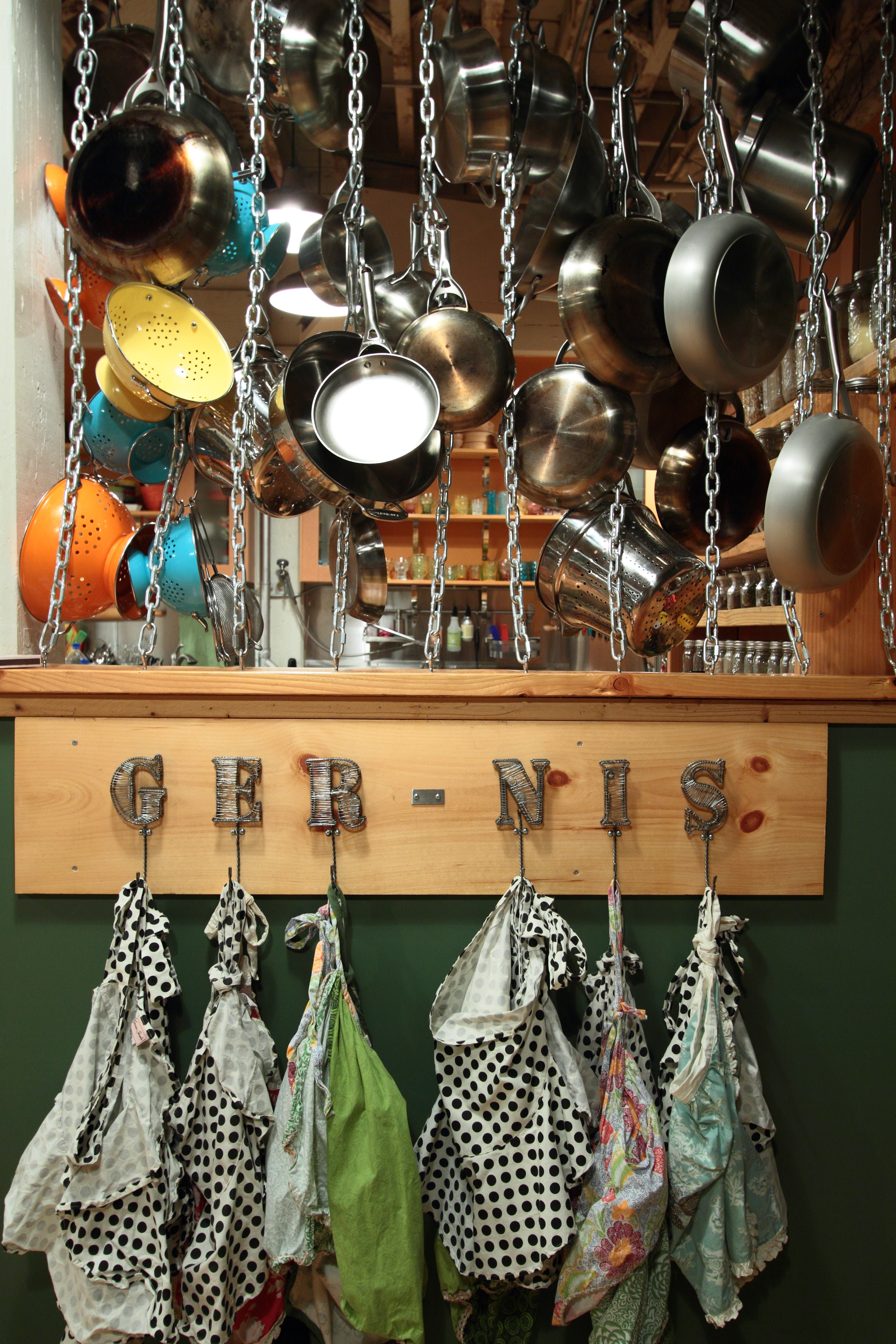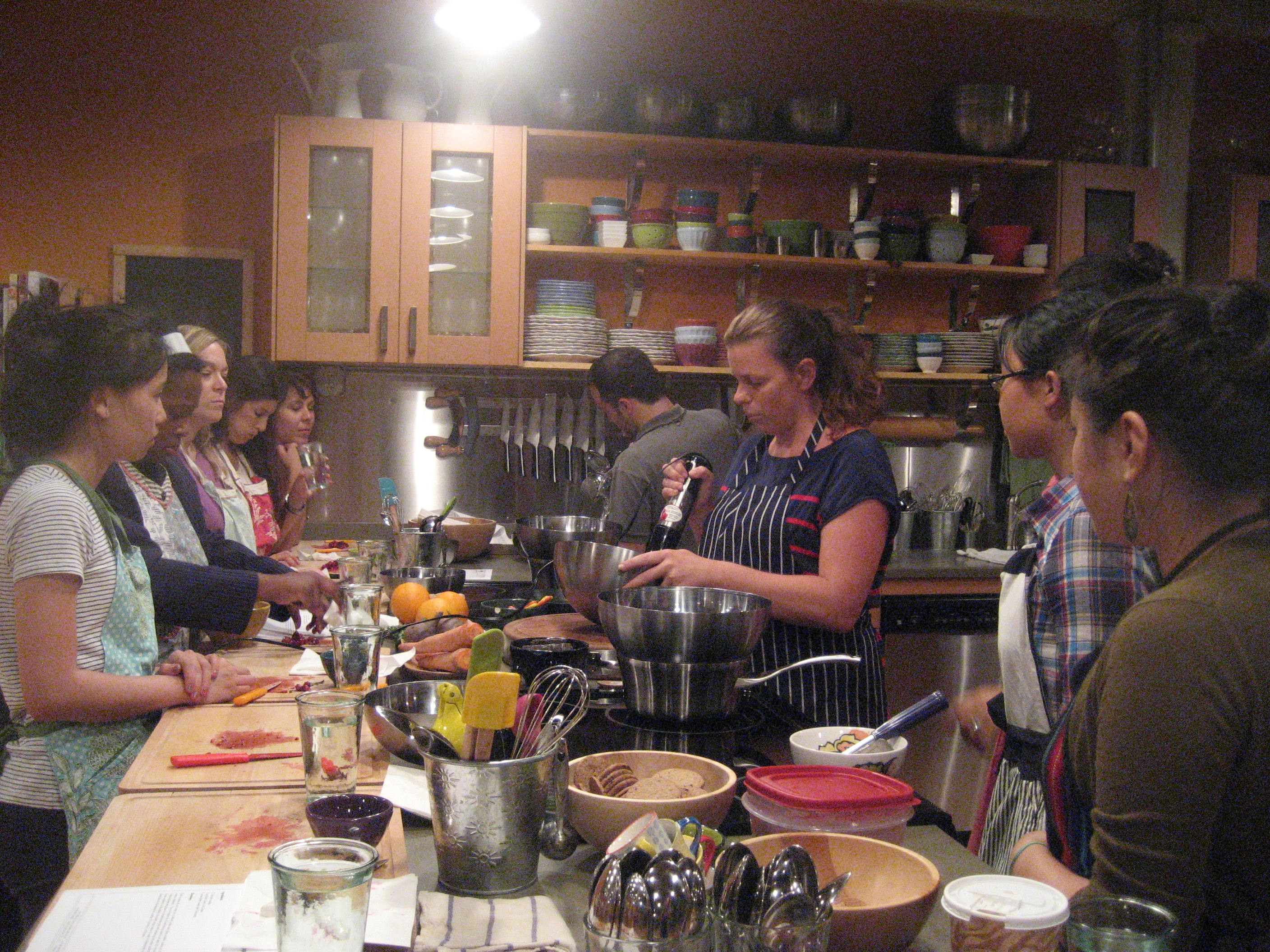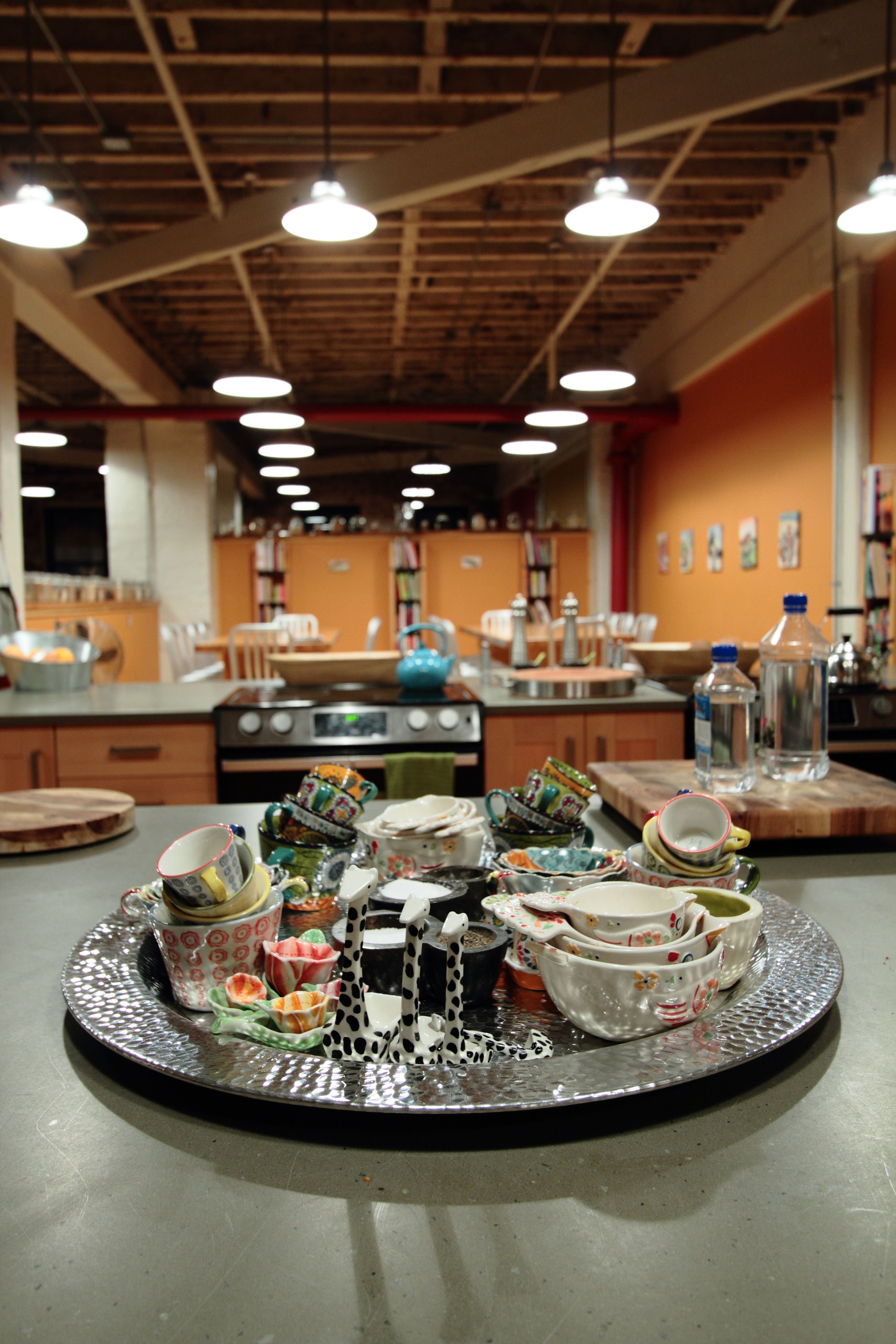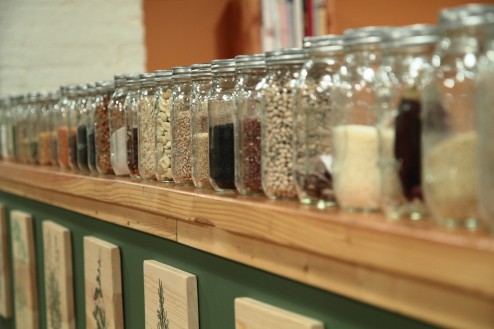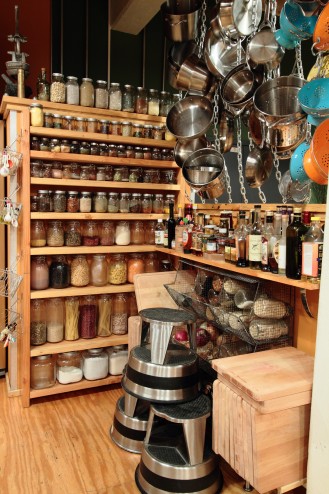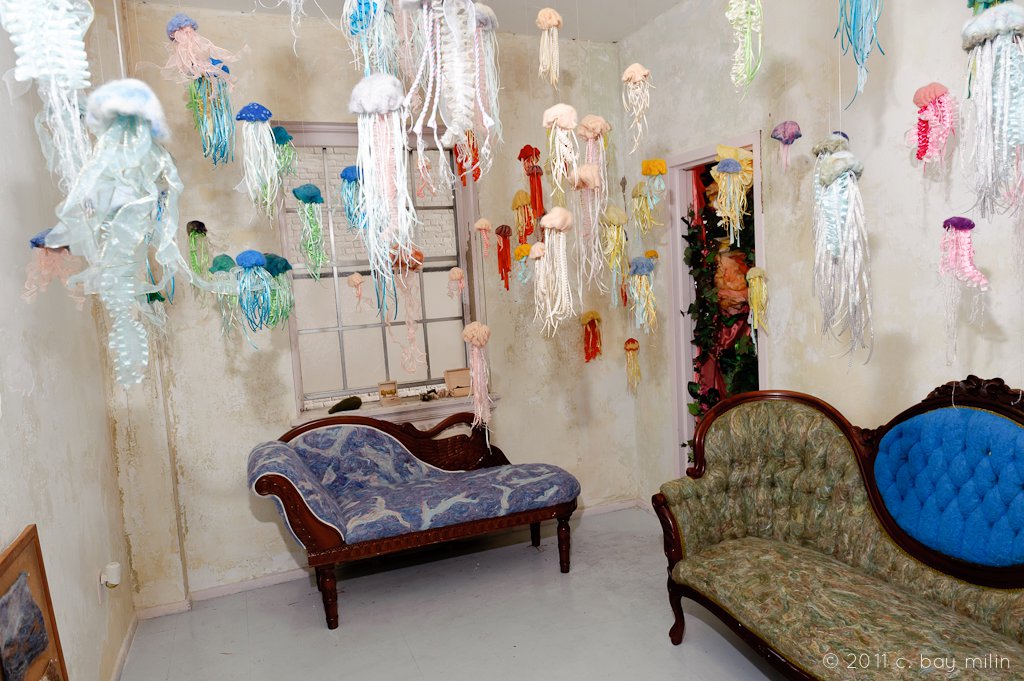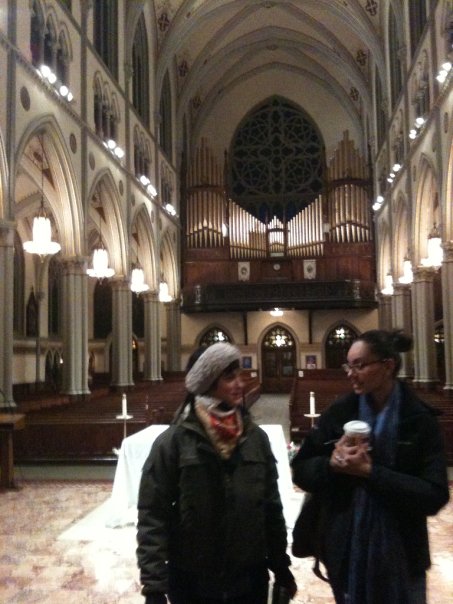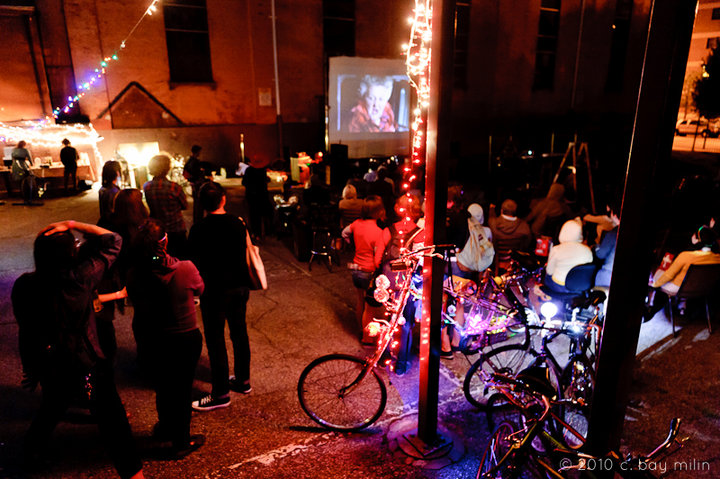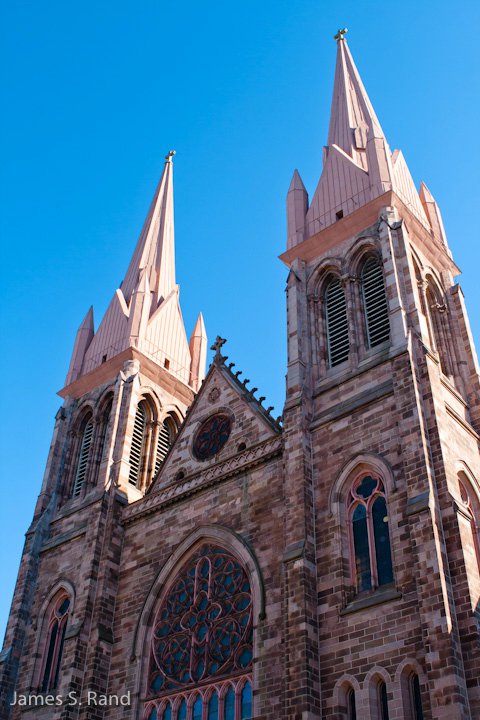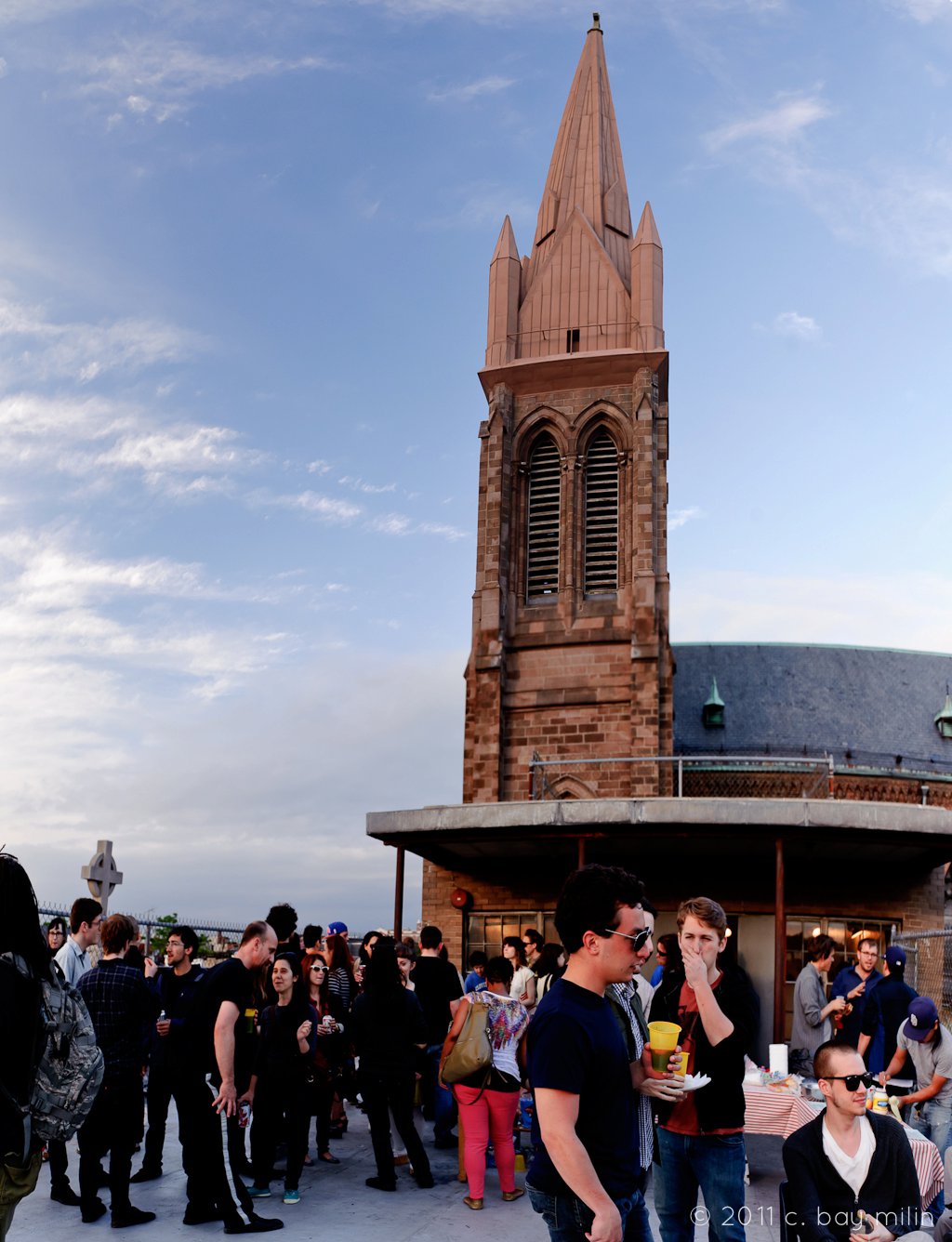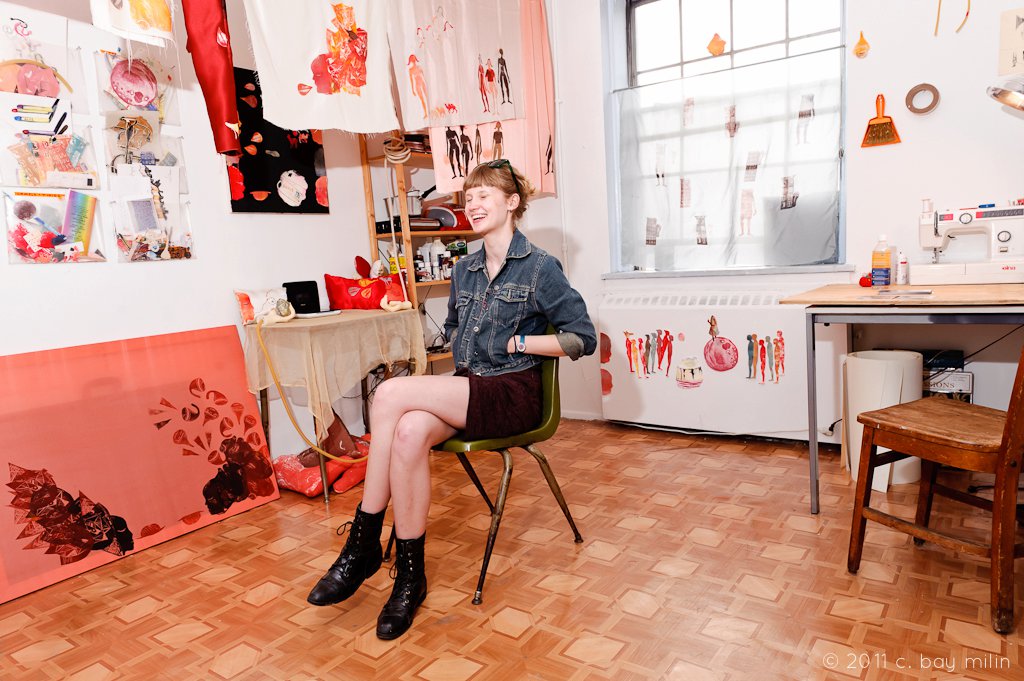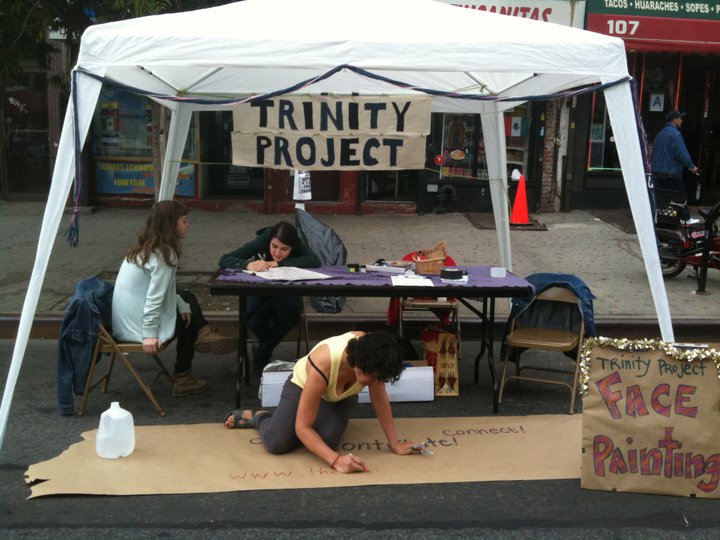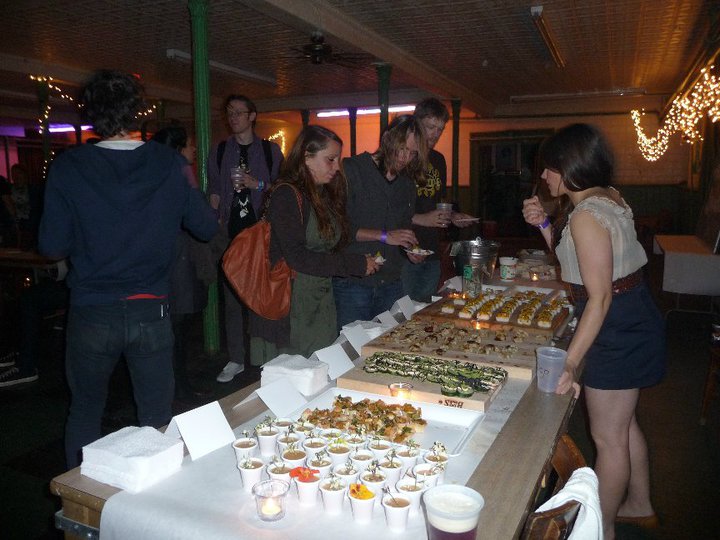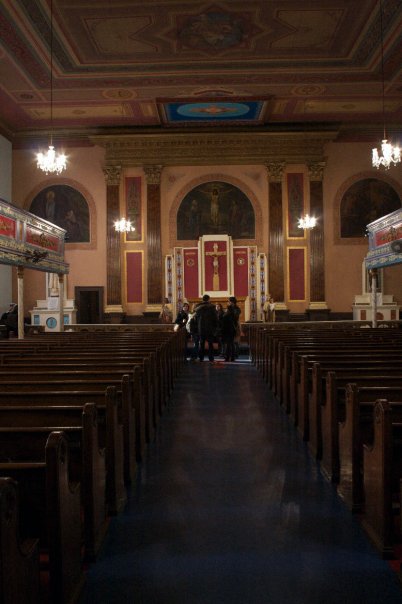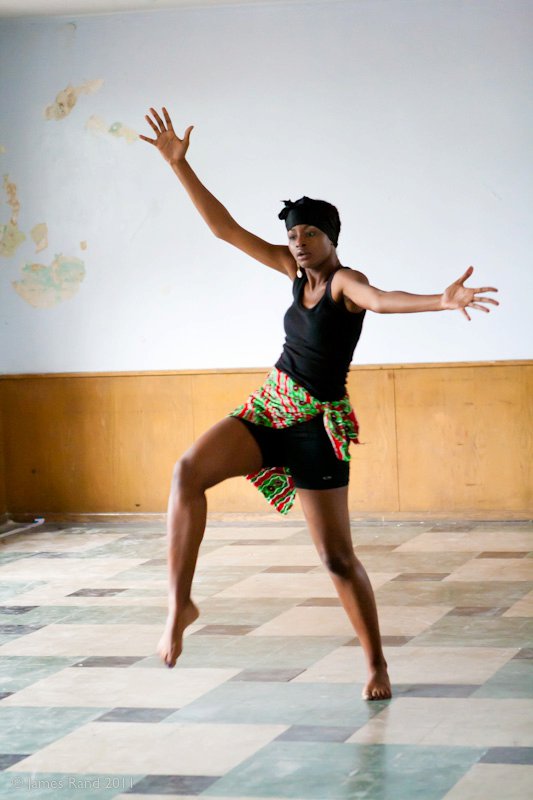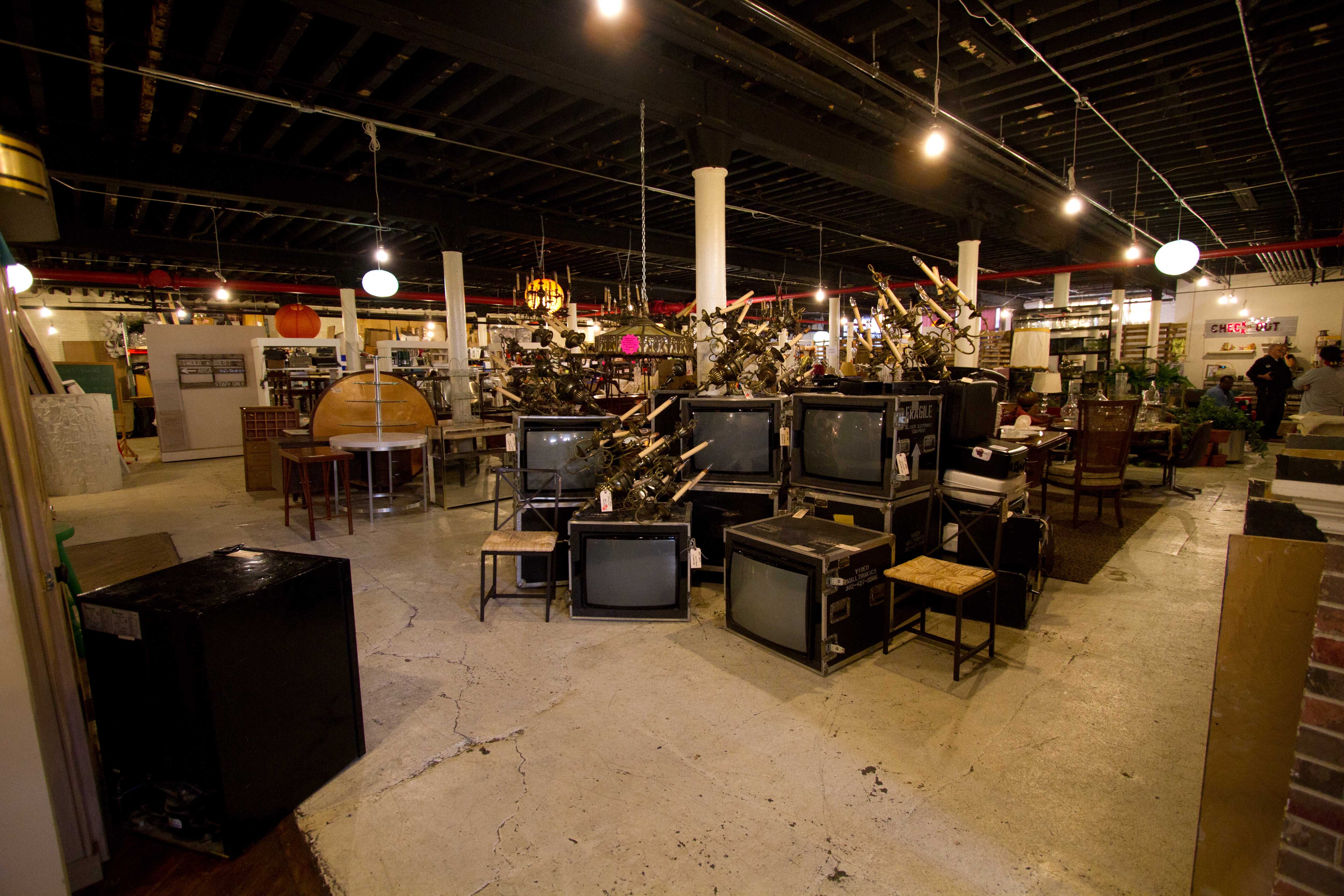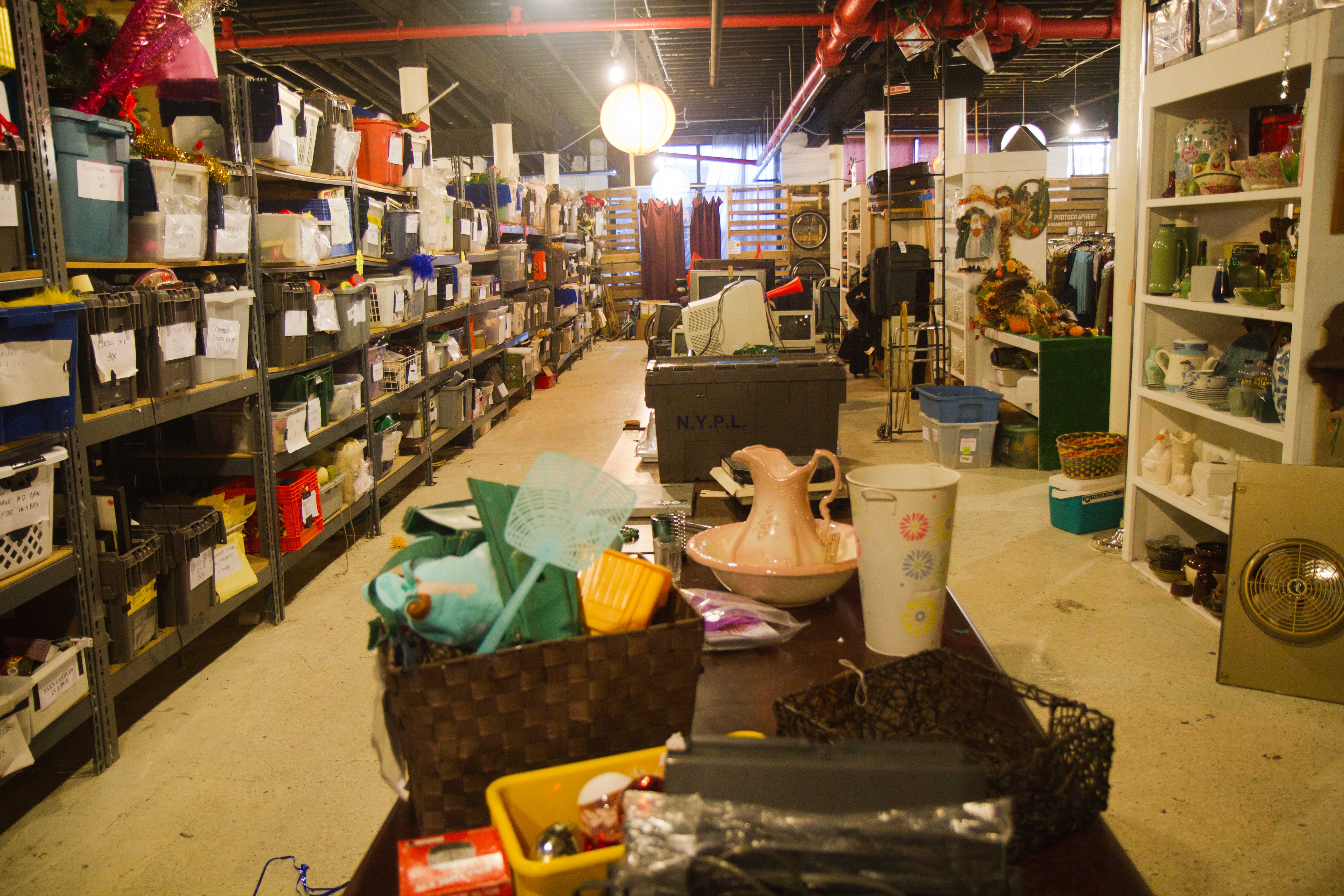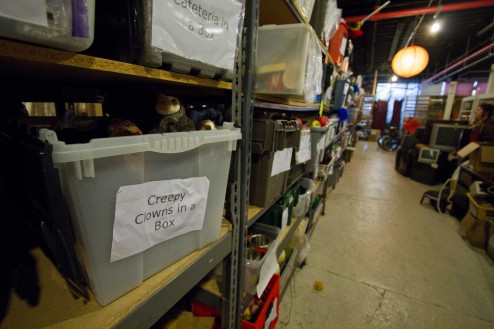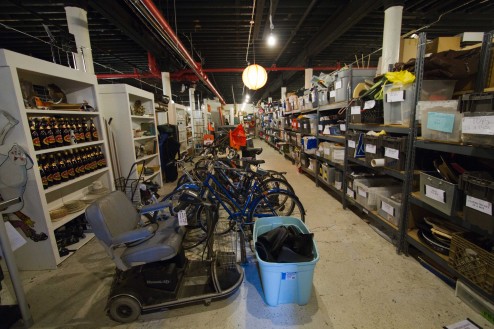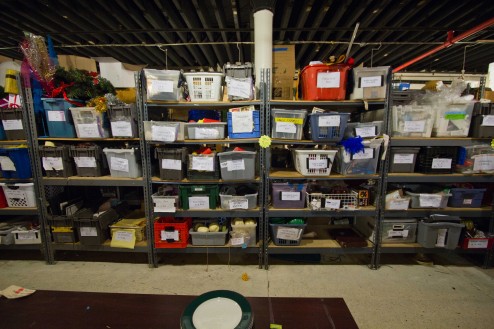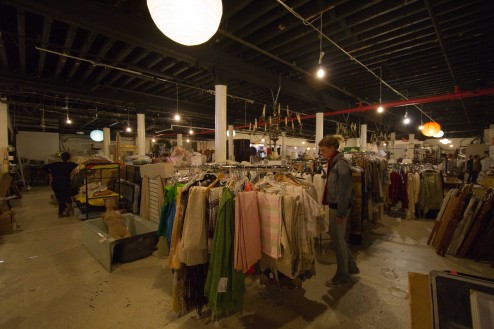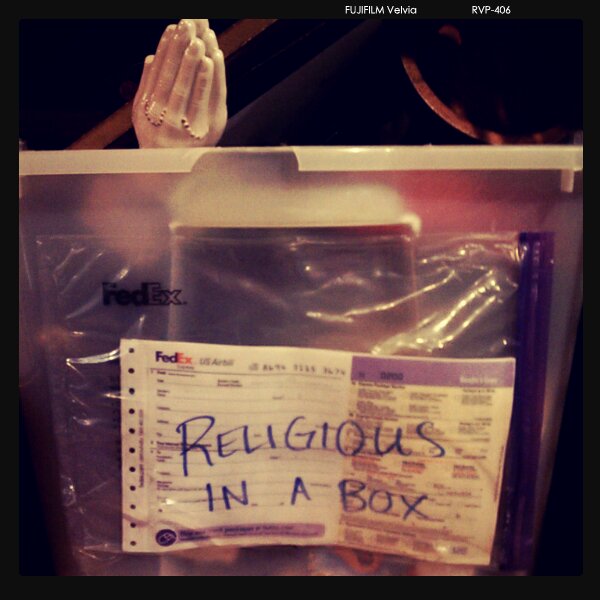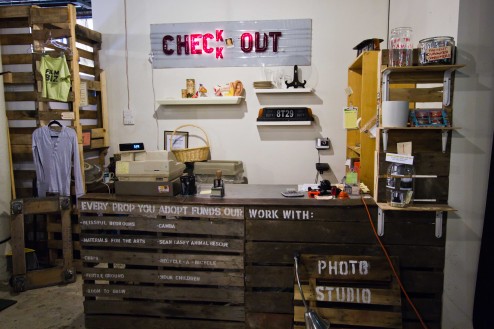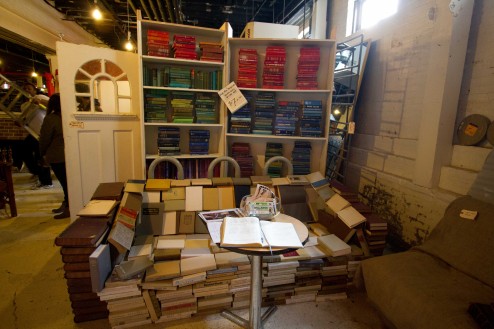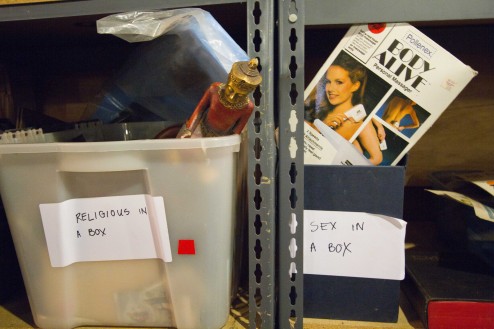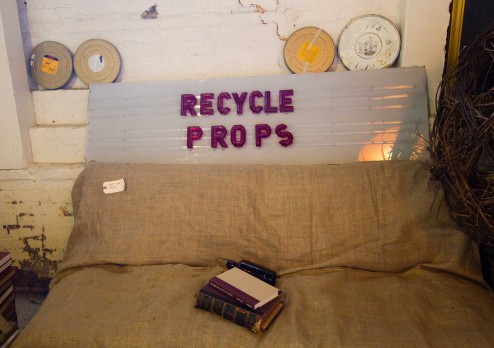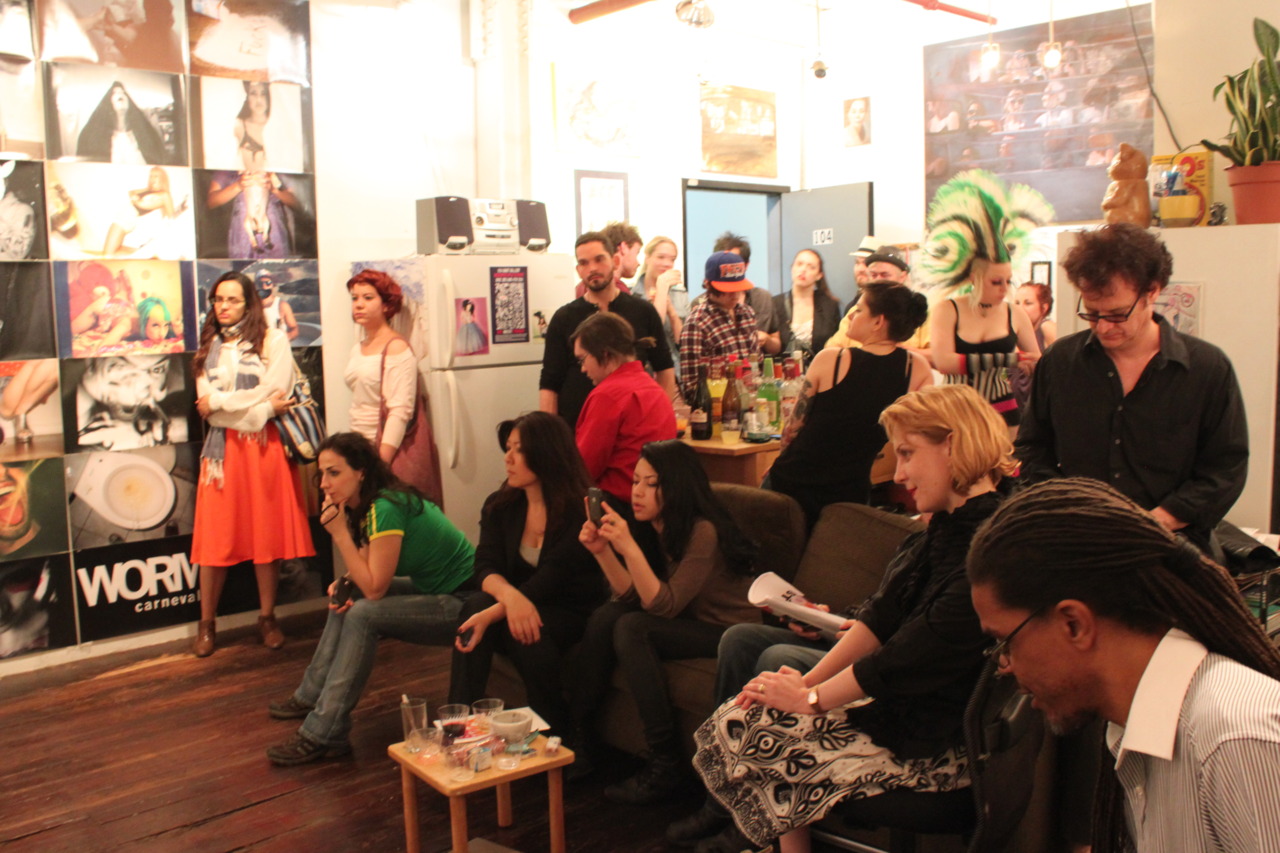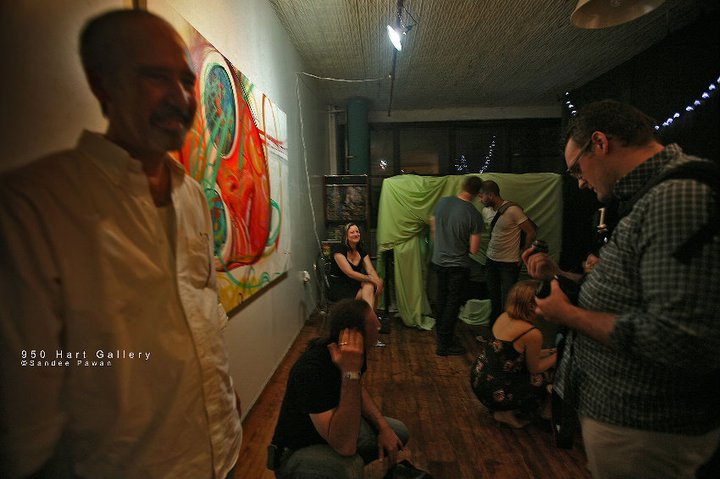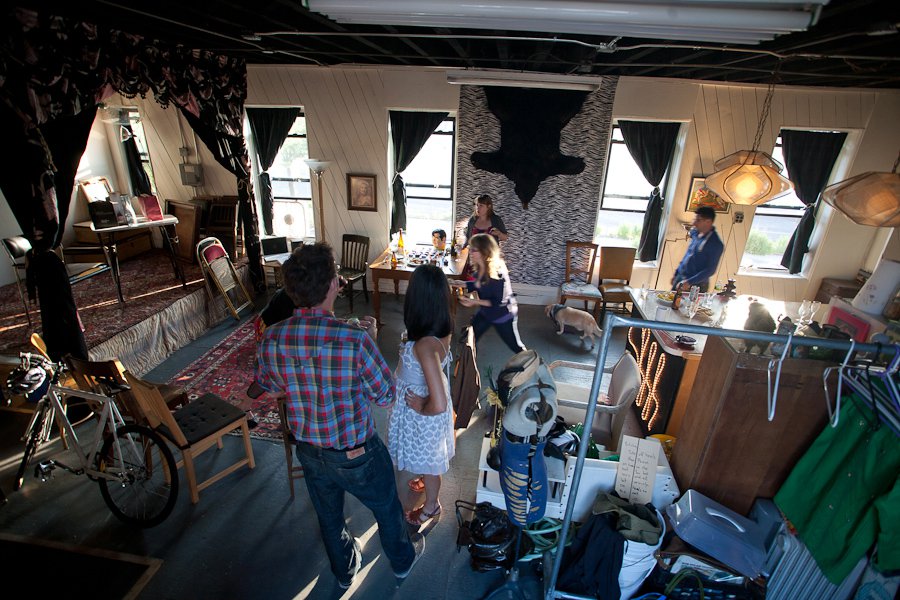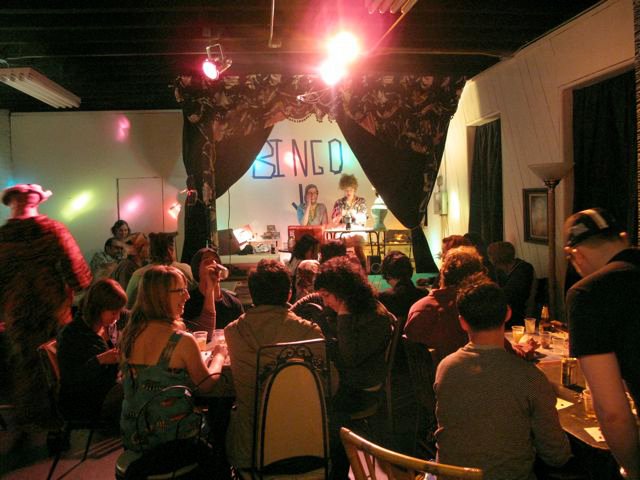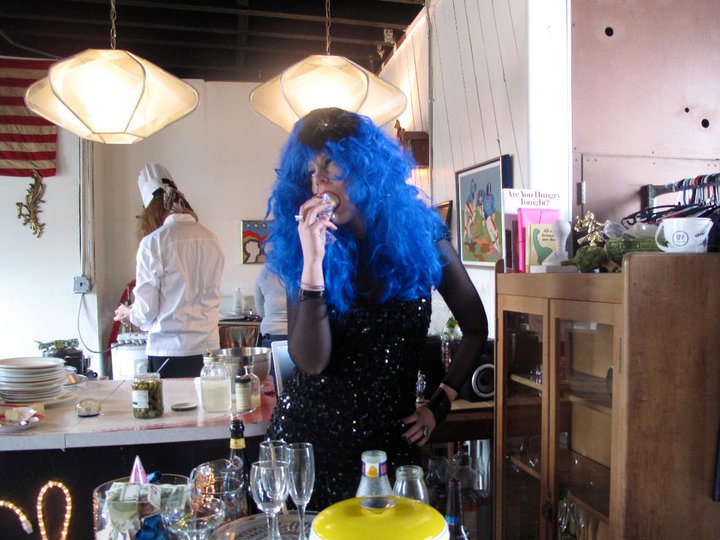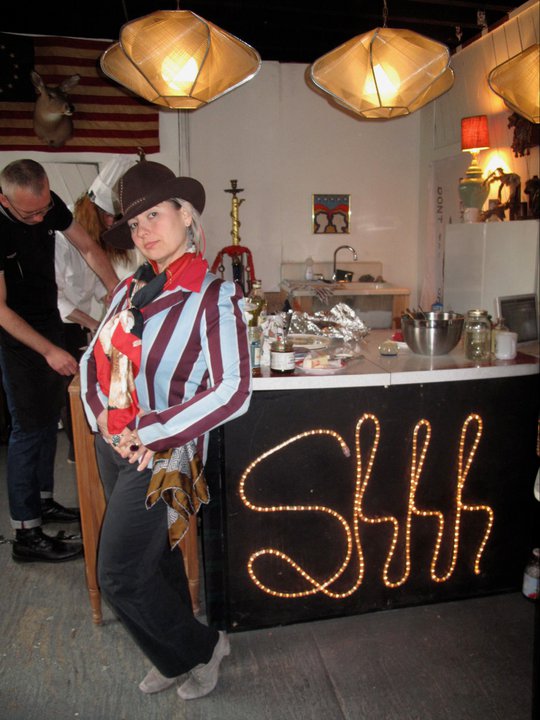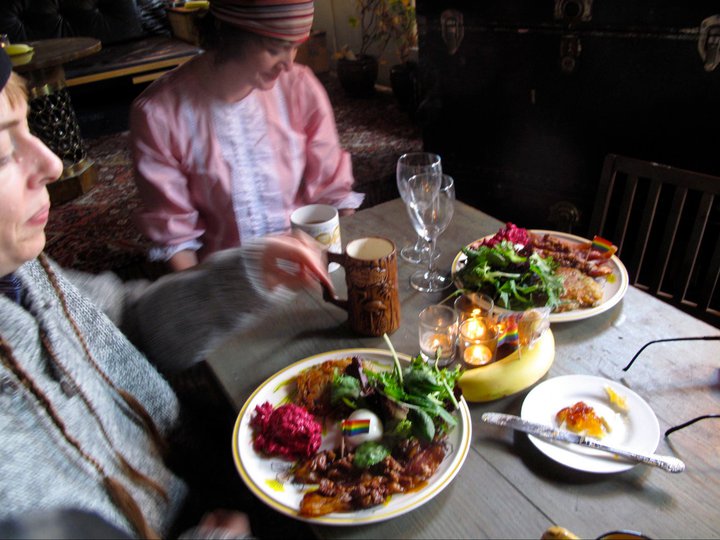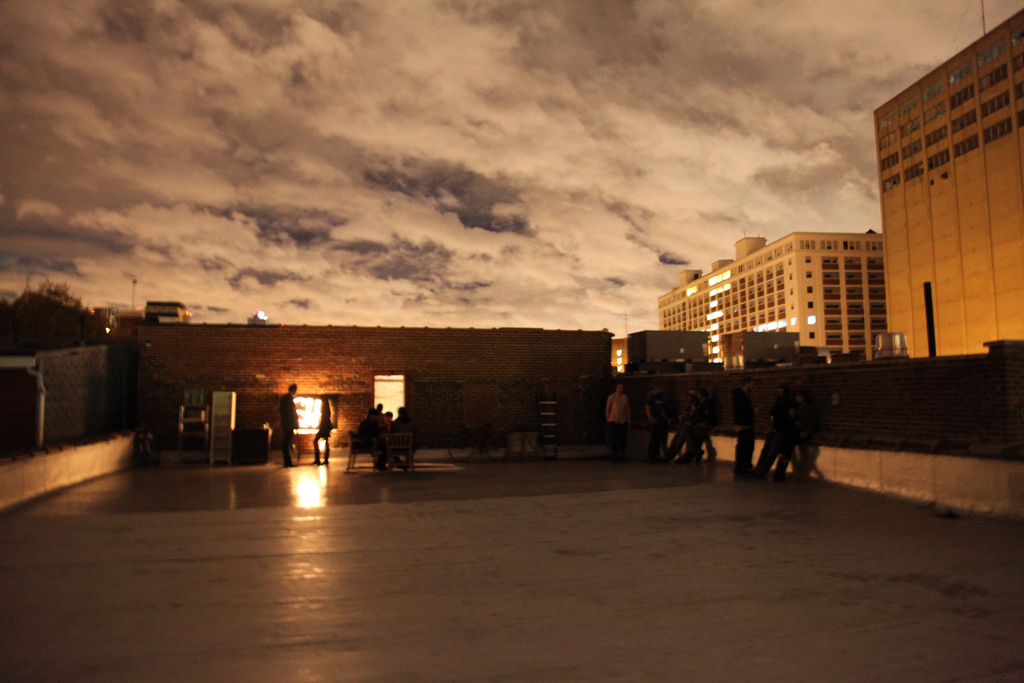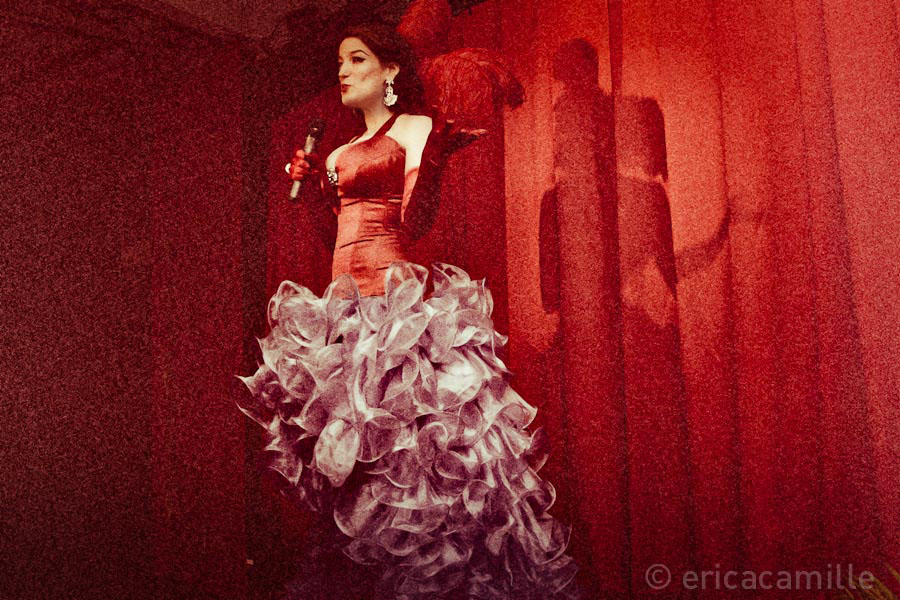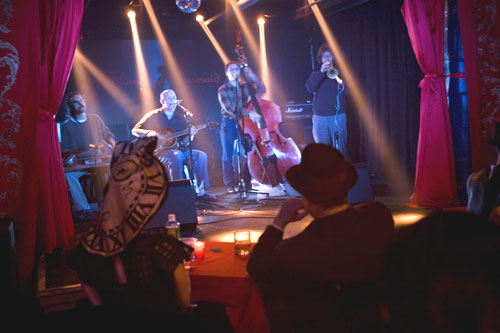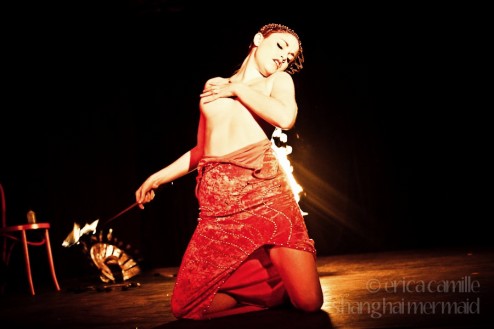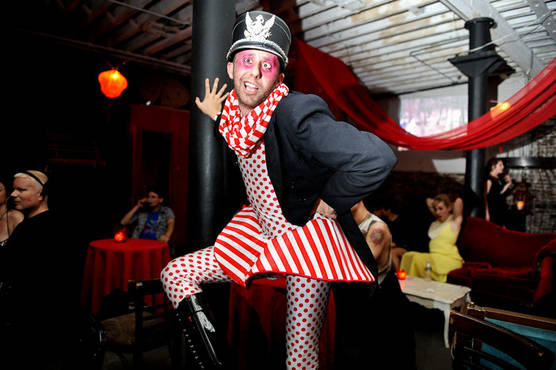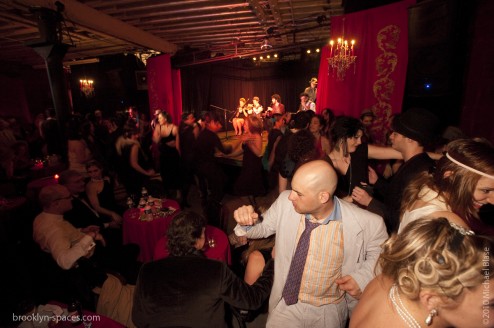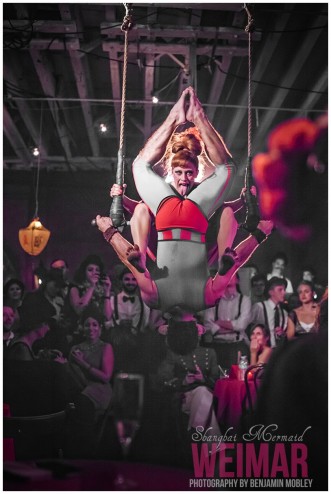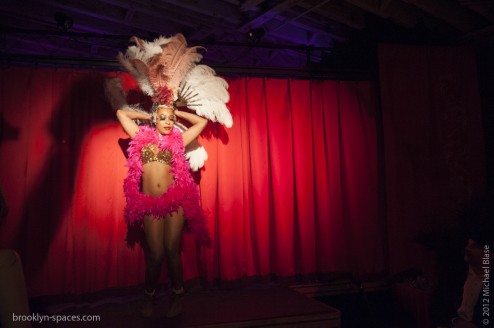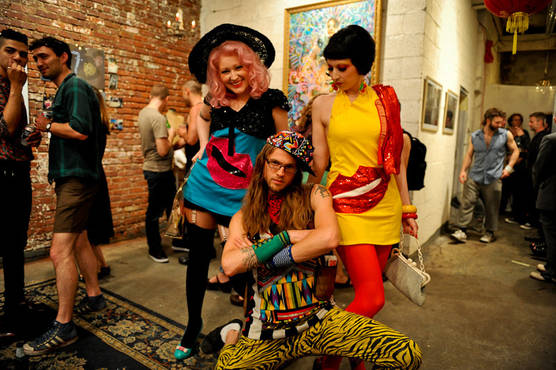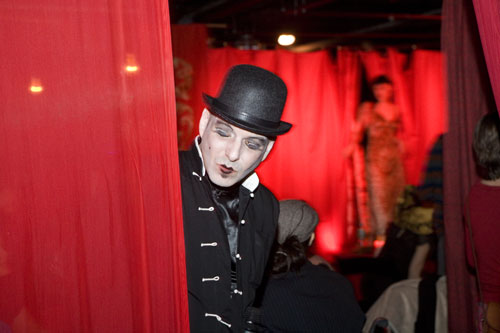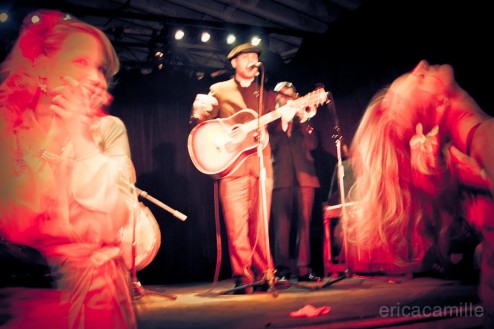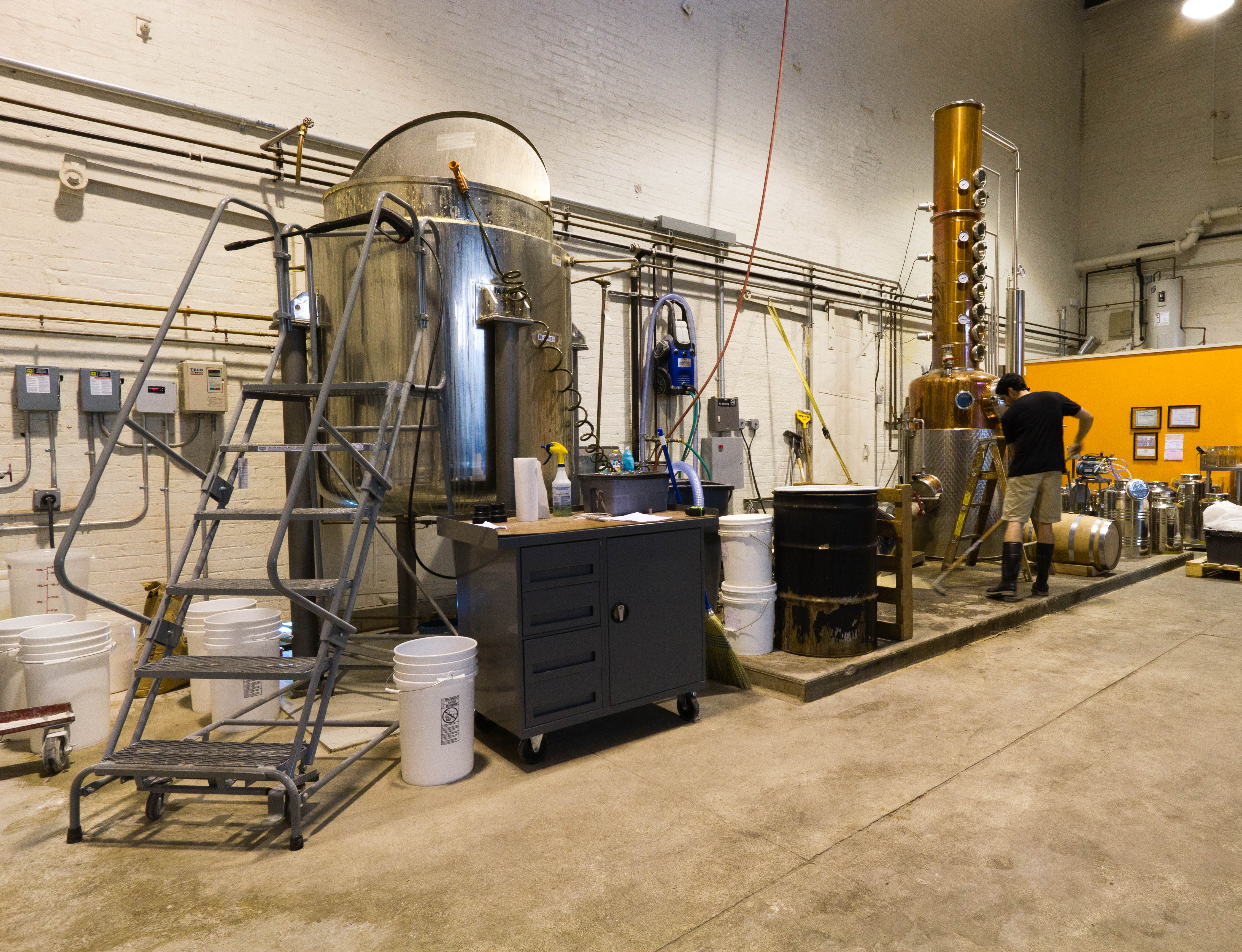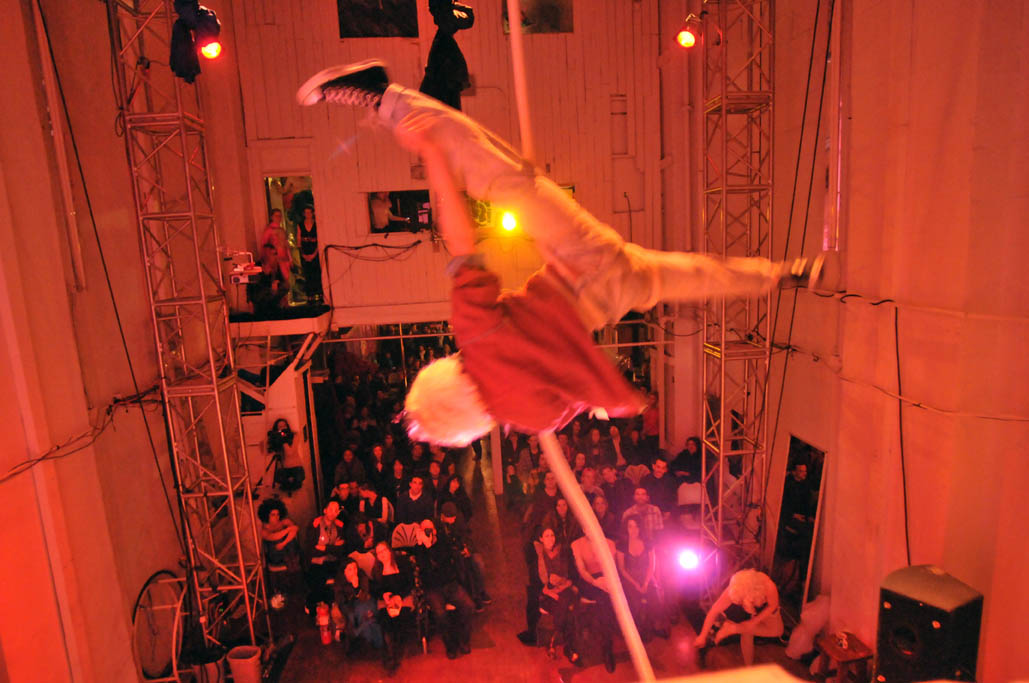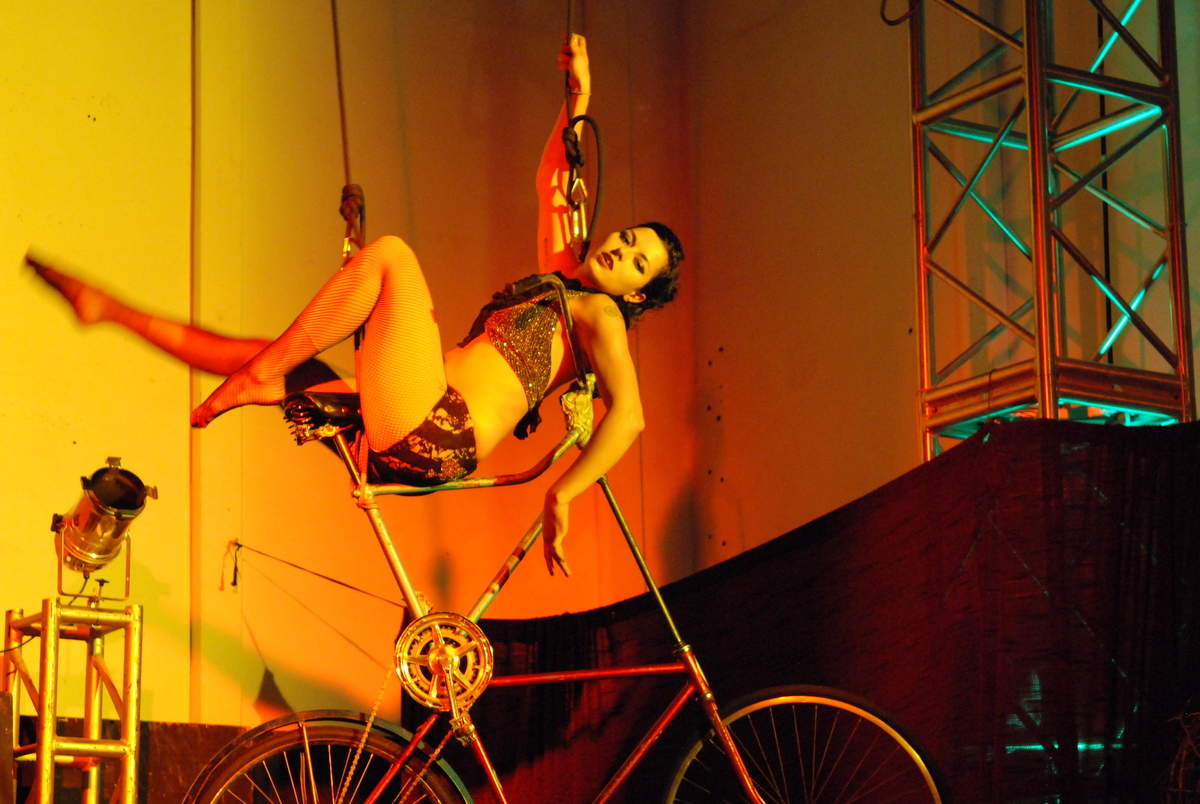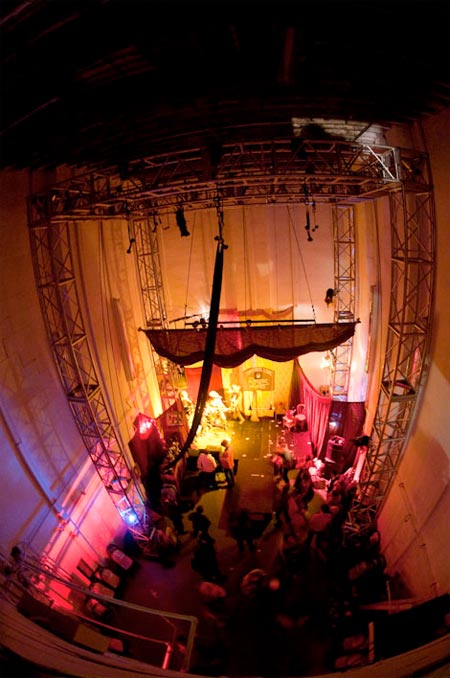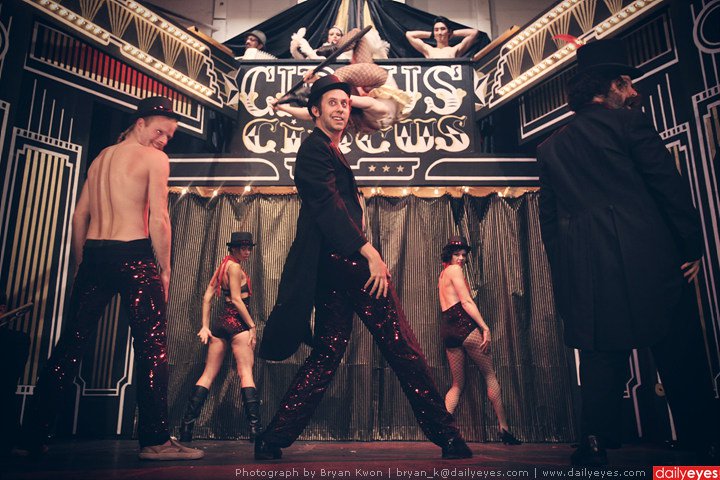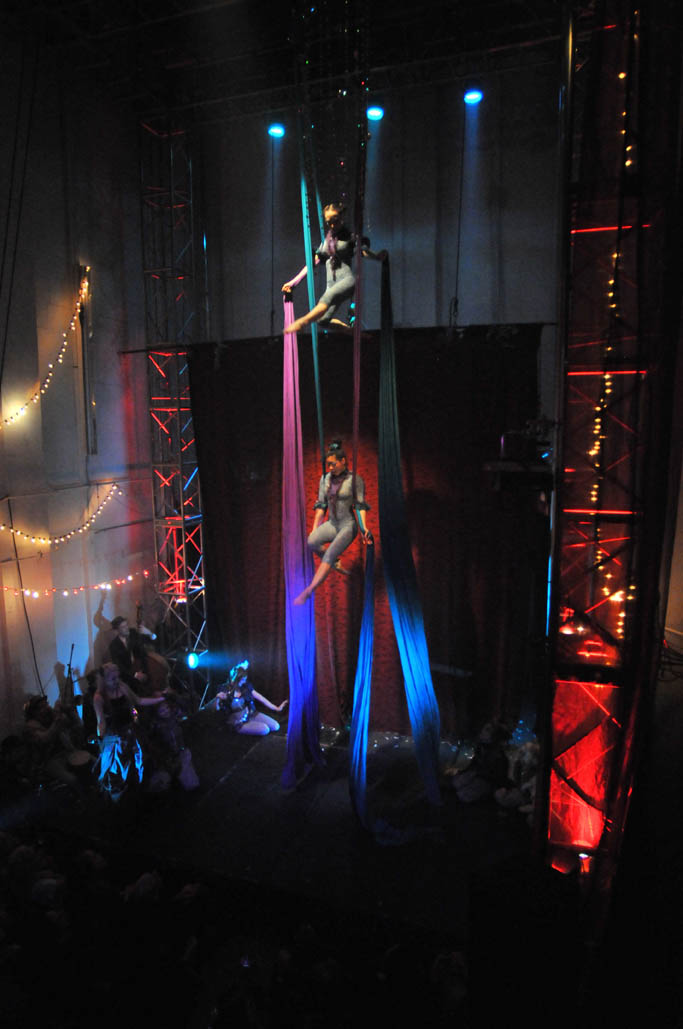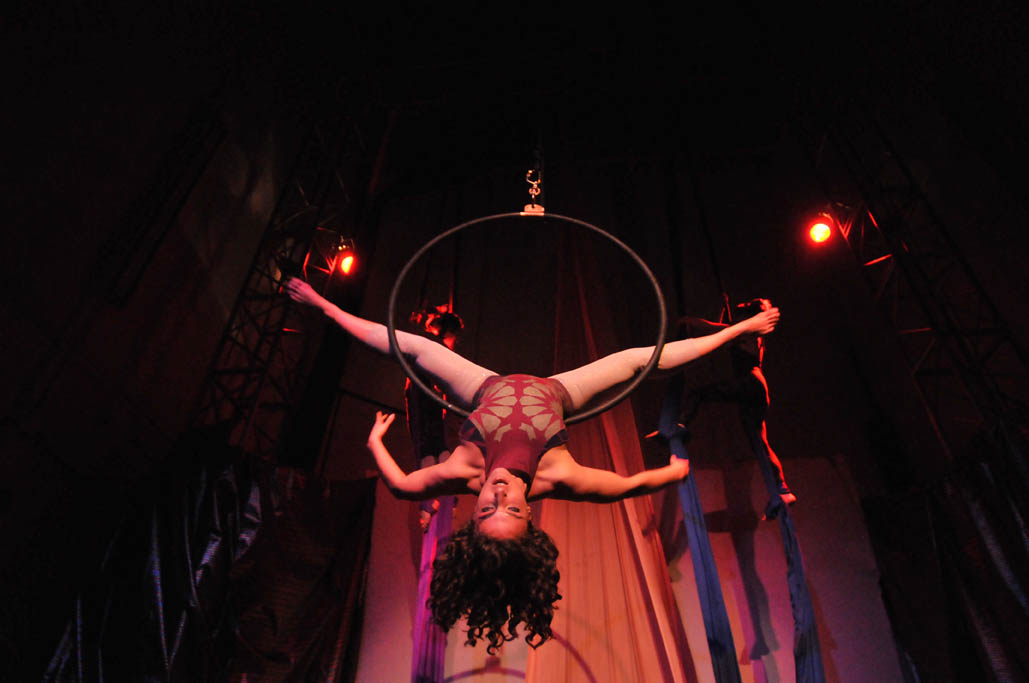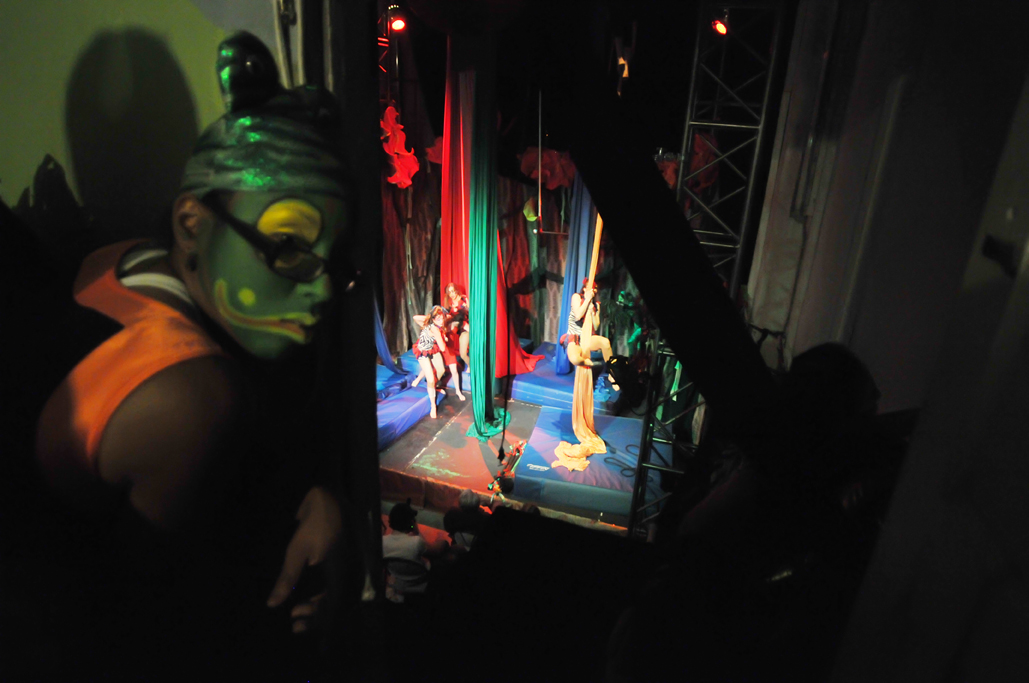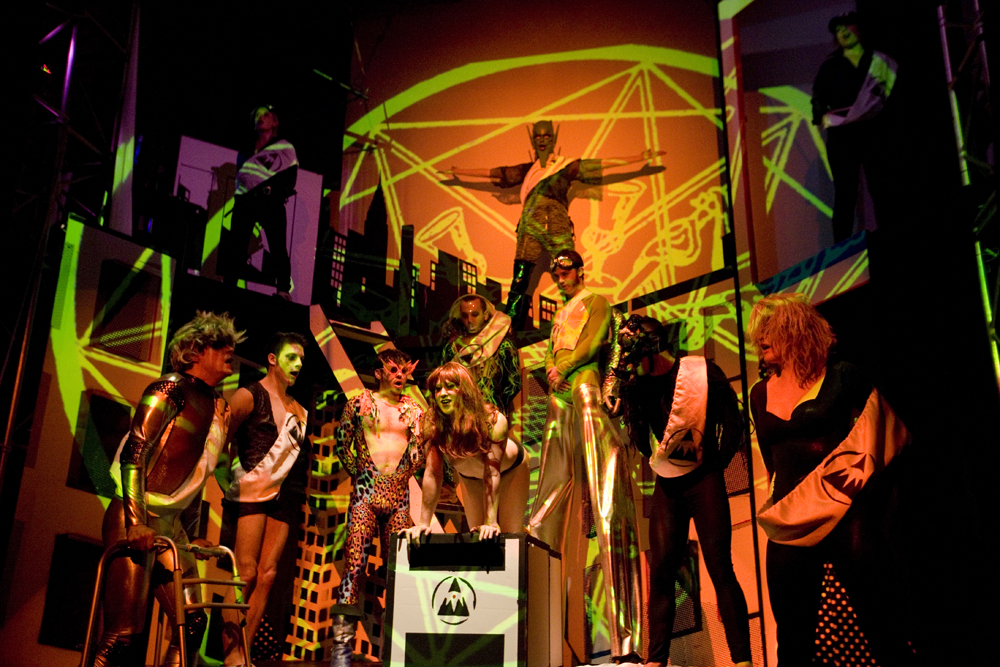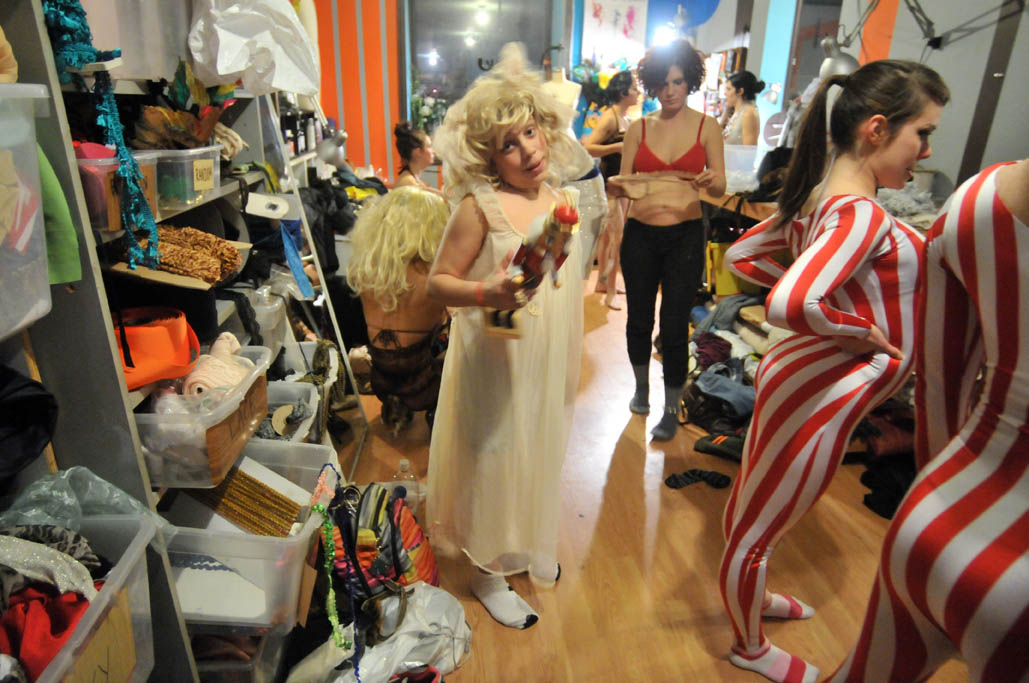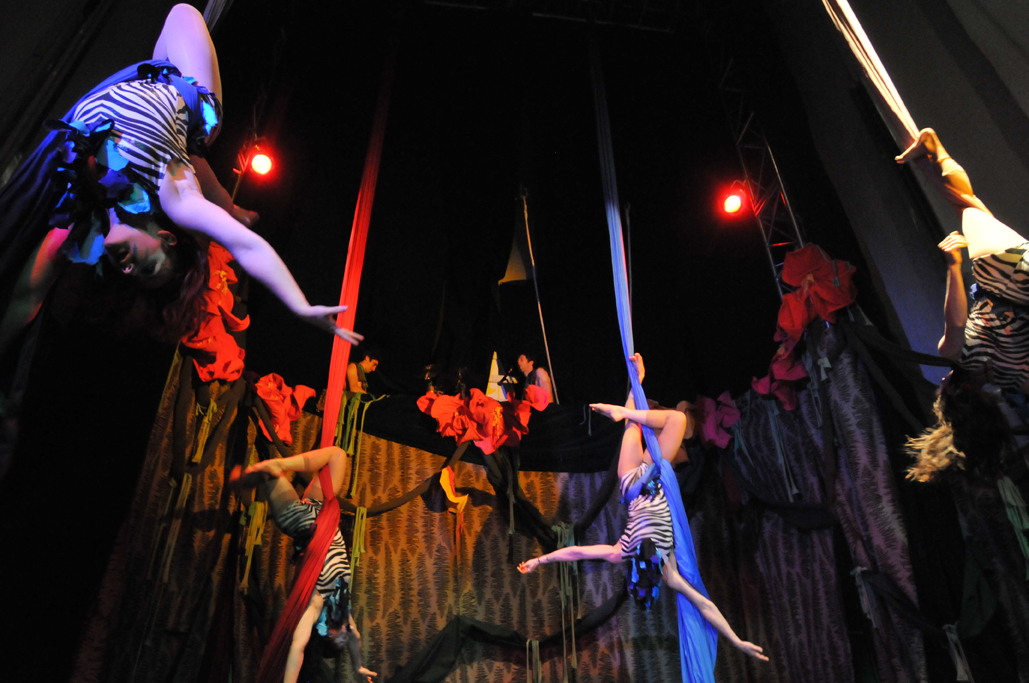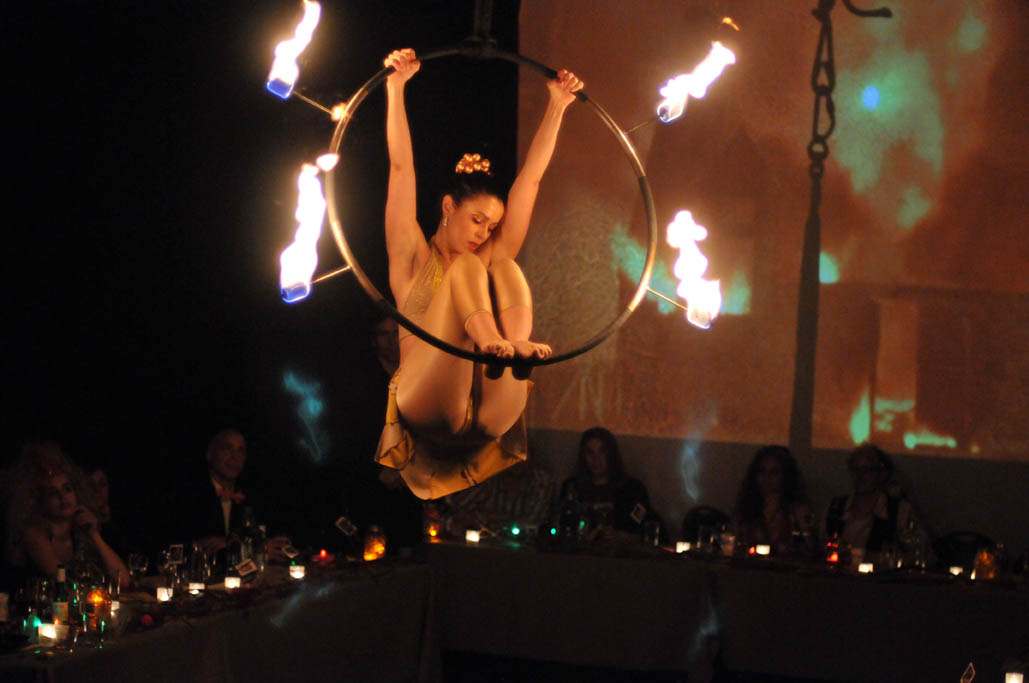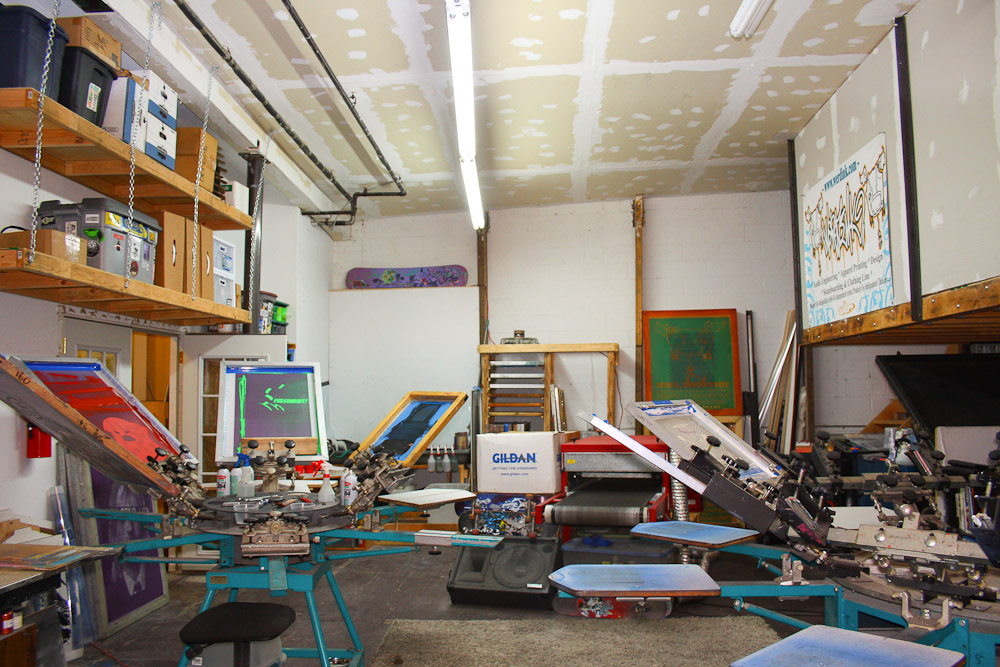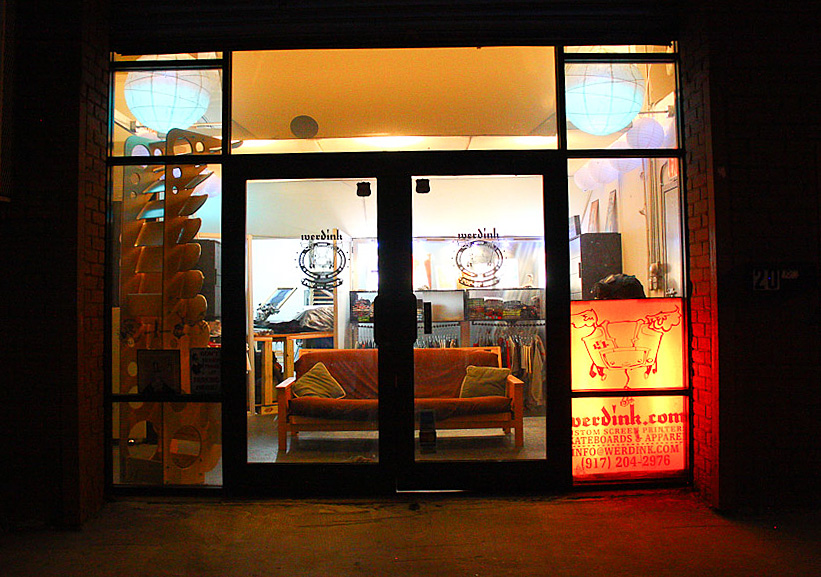the lab (electric warehouse)
neighborhood: bed-stuy | space type: parties | active since: ? | links: website
The Lab—or as it’s known to the dance kids and hipsters, Electric Warehouse—is a 10,000-sq-ft underground party space deep in Bed-Stuy. Once upon a time it was used to repair trolleys, then it was a parking garage, then a strip club. It’s rumored that famed Brooklyn DJ Frankie Bones held some of his storm raves there in the mid-nineties. Now it’s a pliable, chameleonic space that hosts all kinds of parties for all different facets of the underground. As the Lab, there’s events like Friday Night SinSations, an urban gay dance party; weekly female-only hip-hop parties; CARNIVIBES, a reggae party with Carribean food and drinks; and P. Diddy’s “Biggie Day” tribute. As Electric Warehouse it caters to techno music and rave culture, with parties thrown by groups like Feed the Starving Artists, NYCRavers, SUN Collective, RefugeNYC, and Unicorn Meat. The space has also hosted some big-name artists, from Ninjasonik and Designer Drugs to Chris Brown and Snoop Dogg.
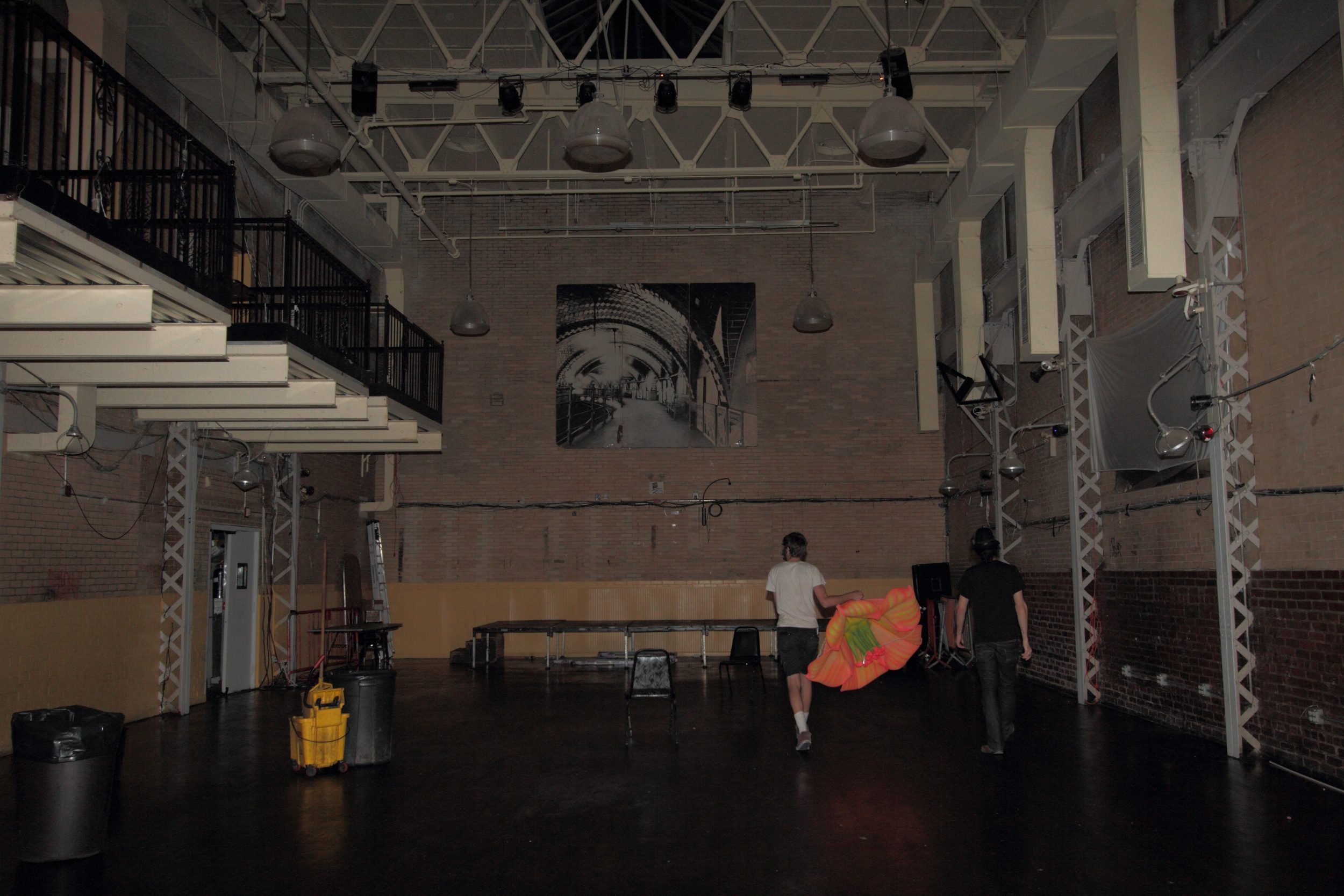 I haven’t been to a rave in a lot of years, but I’ve been wanting to check out the Lab for months, and after a special invitation from Alex of Unicorn Meat, who, along with Feed the Starving Artists, was co-producing GET DIGITAL, a pre–Burning Man dance party, I headed out to Bed-Stuy with the intrepid Maximus Comissar to see what it was all about. First we went mid-week to see what the space was like empty, and I was a little surprised at how bare and personality-less it was, compared to other underground party spaces like Rubulad and Red Lotus Room. But when we went back on Saturday night, after a very thorough pat-down at the door, we walked in to find the place totally transformed. There was a huge pyramid jutting out of one wall, different crazy video projections coming from four different balconies, the stage was lush with six-foot flowers, there were fire-spinners and a Merry Pranksters–like bus in the parking lot, and the whole place was teeming with people just dancing their faces off. I’d forgotten how crazy awesome the energy gets at a rave, and it was super fun to watch. Everyone was dressed crazy, painted up crazy, gyrating and fist-pumping and sweating and grinning like mad. Good fucking times.
I haven’t been to a rave in a lot of years, but I’ve been wanting to check out the Lab for months, and after a special invitation from Alex of Unicorn Meat, who, along with Feed the Starving Artists, was co-producing GET DIGITAL, a pre–Burning Man dance party, I headed out to Bed-Stuy with the intrepid Maximus Comissar to see what it was all about. First we went mid-week to see what the space was like empty, and I was a little surprised at how bare and personality-less it was, compared to other underground party spaces like Rubulad and Red Lotus Room. But when we went back on Saturday night, after a very thorough pat-down at the door, we walked in to find the place totally transformed. There was a huge pyramid jutting out of one wall, different crazy video projections coming from four different balconies, the stage was lush with six-foot flowers, there were fire-spinners and a Merry Pranksters–like bus in the parking lot, and the whole place was teeming with people just dancing their faces off. I’d forgotten how crazy awesome the energy gets at a rave, and it was super fun to watch. Everyone was dressed crazy, painted up crazy, gyrating and fist-pumping and sweating and grinning like mad. Good fucking times.
***
brooklyn spaces: How did you get involved with the Lab?
Alex: I throw underground warehouse parties all over New York, so I know a lot of different spaces. The Lab is really big, large enough that we would likely be able to not reach capacity over the entire night. At the last place I put on an event we had a much smaller capacity and way, way too many people came. So I talked to the owner of the Lab, built up a relationship with him.
 brooklyn spaces: Have you been to other events here?
brooklyn spaces: Have you been to other events here?
Alex: Oh yeah, a lot. Drew Meeks, a friend of mine and a member of the Burning Man community, he did a party here a year or two ago called Gratitude, which was one of the most amazing events I’ve ever been to. He had acrobatic aerialists, massages, chill rooms, and he worked with Leo Villareal, who’s a famous LED artist and also a part of our Burning Man camp. They had these giant red LEDs, which are part of a sign they bring out to the desert every year, and they just had these crazy transformations, shooting into the center and back out, making different patterns and all these different variables. The GET DIGITAL party was more of a rave than the other events my friends and I usually do. Our scene is a little bit different than the rave scene, musically and culturally.
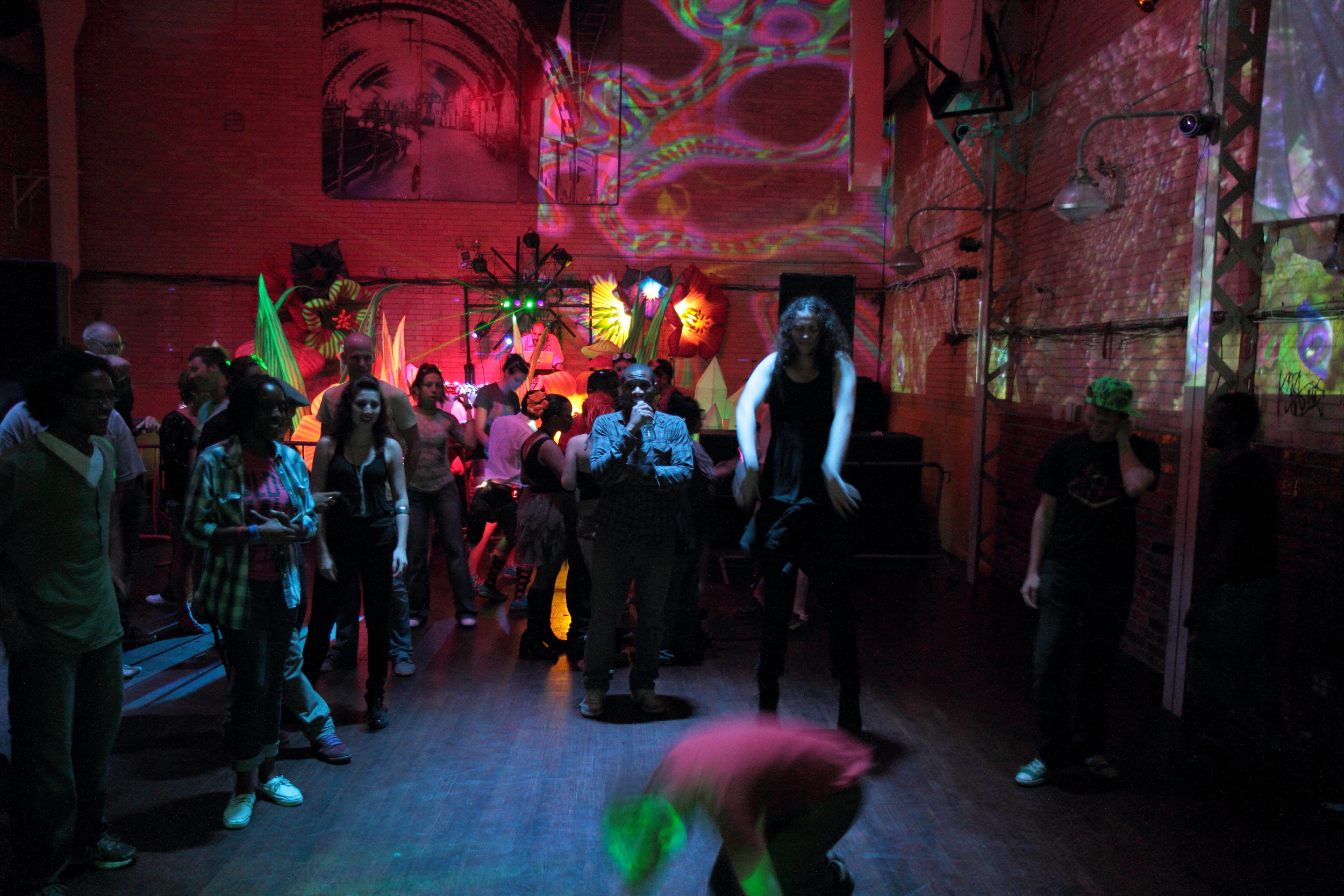 brooklyn spaces: How do you define your scene?
brooklyn spaces: How do you define your scene?
Alex: It’s art-based. There are some others that touch on artistic things, but mostly in decoration, not in practice. We really go out of our way to make our own clothing, make our own costumes, do interactive art during events. It’s generally an older, more mature crowd, and there are a lot of working professionals who are very talented. Any time I need any kind of legal advice, or real estate advice, or we’re trying to deal with something logistical, all I really need to do is put the word out, and within hours we can get anything solved.
brooklyn spaces: Are there some artists you’ve worked with a lot who you really love?
Alex: I love all artists. There’s so many, I wouldn’t even know where to start.
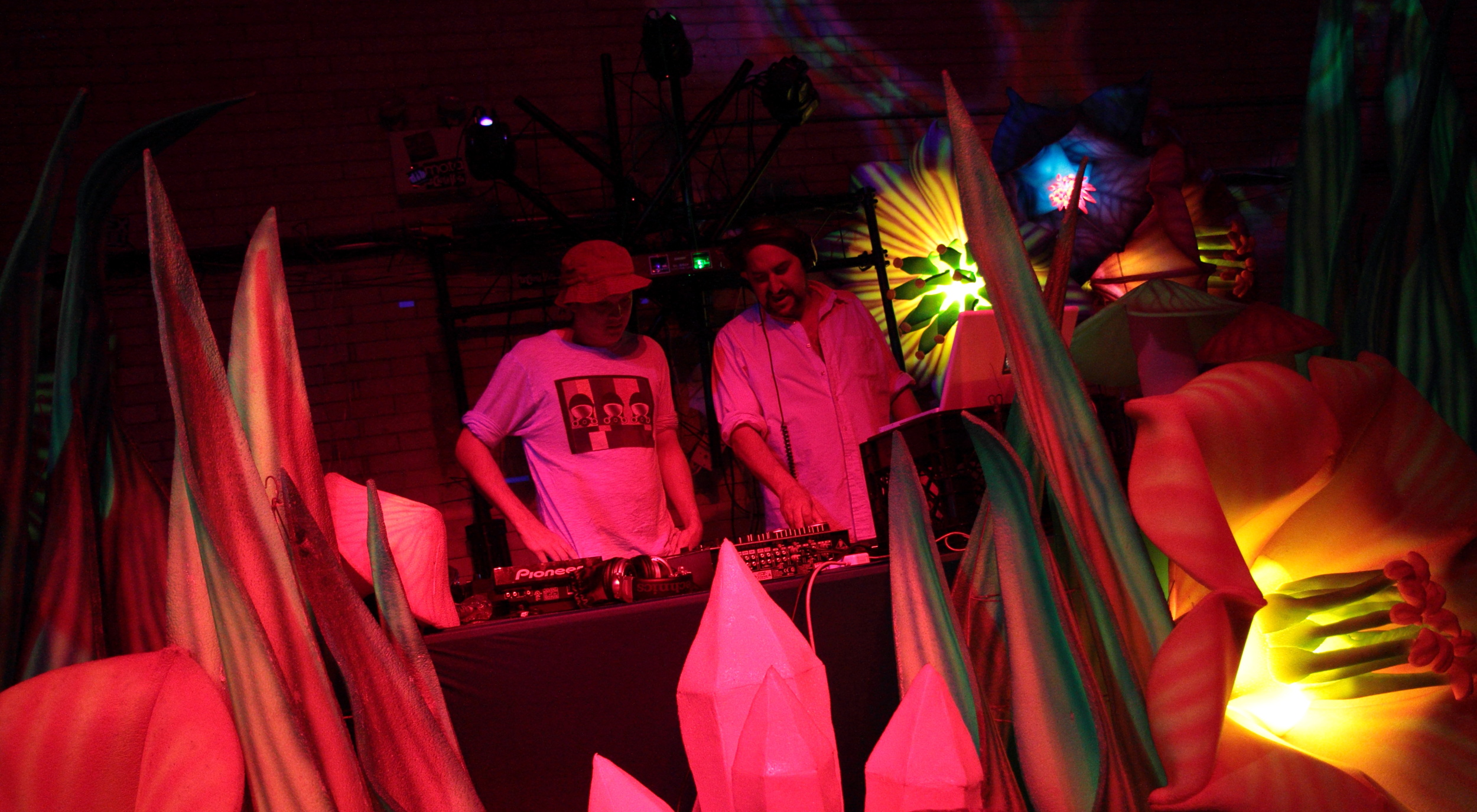 brooklyn spaces: When you’re planning the parties, how do you decide what elements to include?
brooklyn spaces: When you’re planning the parties, how do you decide what elements to include?
Alex: It’s sort of like the orgasmic peak in a song, where it starts off kind of slow and mellow and then builds up, and then you have a heavy-hitting section, and then it kind of mellows out again, and then right before it ends, you just pump it up out of nowhere. When I book my artists, that’s what I take into consideration. There’s an endless amount of artists in the city who want to participate in good parties. We’re so blessed with it.
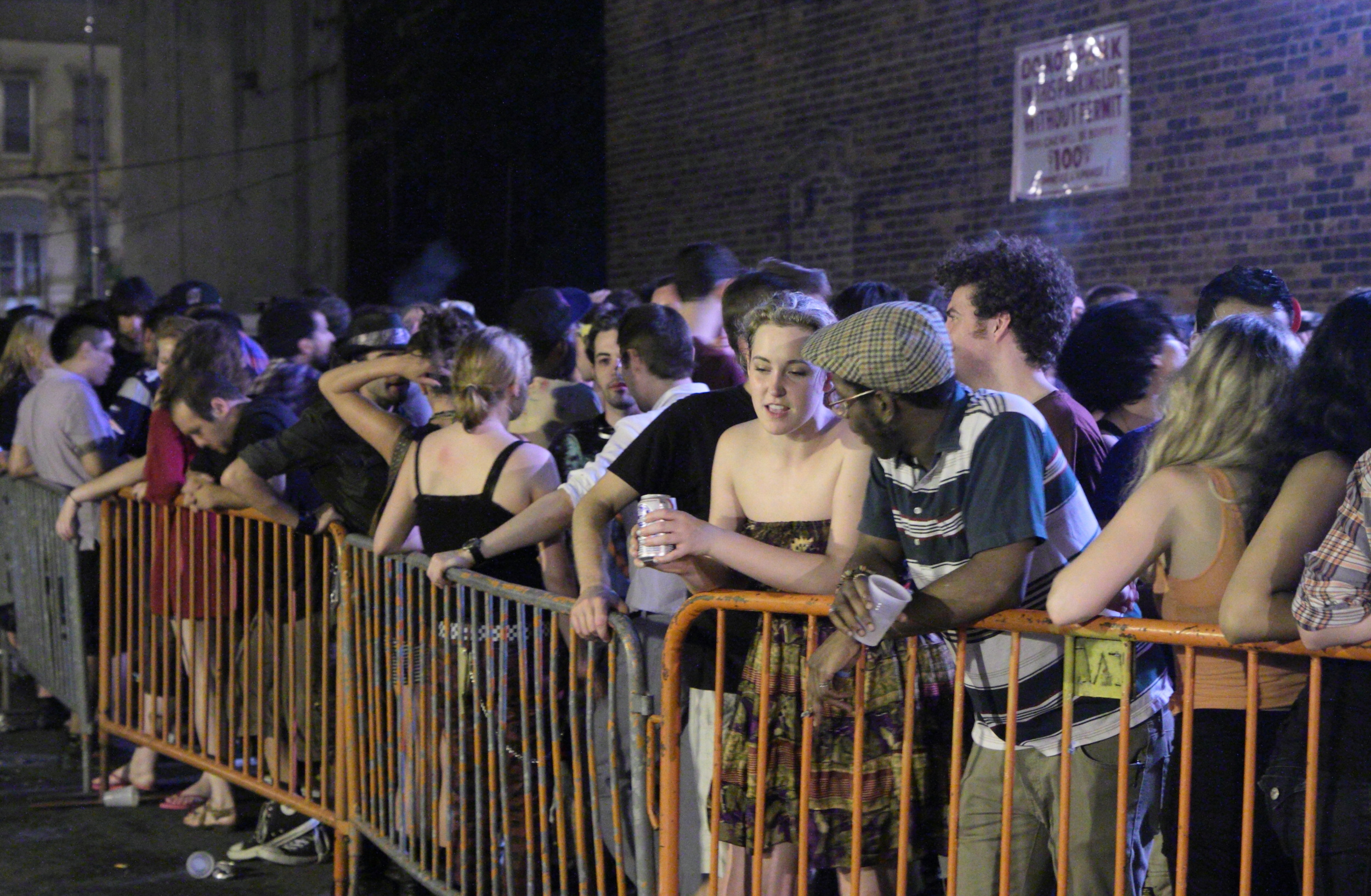 brooklyn spaces: Do you feel like Brooklyn has had an impact on the way you throw parties or the way you conceive art, or the way the underground works?
brooklyn spaces: Do you feel like Brooklyn has had an impact on the way you throw parties or the way you conceive art, or the way the underground works?
Alex: I’ve traveled a lot, I’ve been to thirty-something countries in the past two years, hitchhiking all over the place, and the reason I came back here is because I’m a cosmopolitan, I love all people, I love the world, and New York is the center of the world. It’s got more cultural diversity, countercultural diversity, linguistic diversity, it’s got something for everyone, no matter who you are. It’s really a beautiful place.
brooklyn spaces: For you, in the simplest terms, what makes a good party?
Alex: The people. That’s the most important thing. As long as you have a room, music, and good people coming in, that’s it, as far as I’m concerned.
***
Like this? Read about more underground party spaces: Rubulad, Red Lotus Room, Gowanus Ballroom, 12-turn-13, Newsonic, Gemini & Scorpio loft
